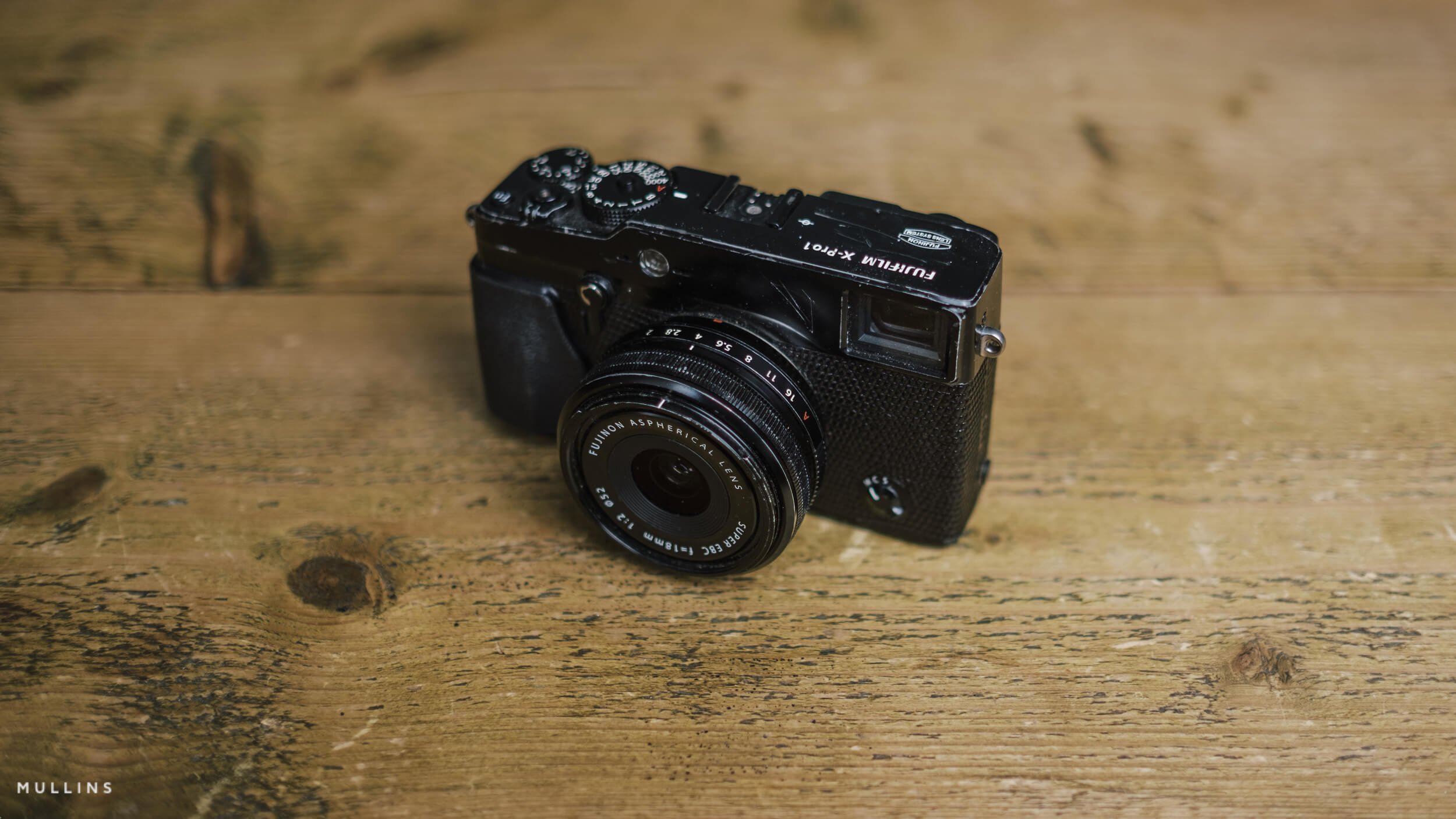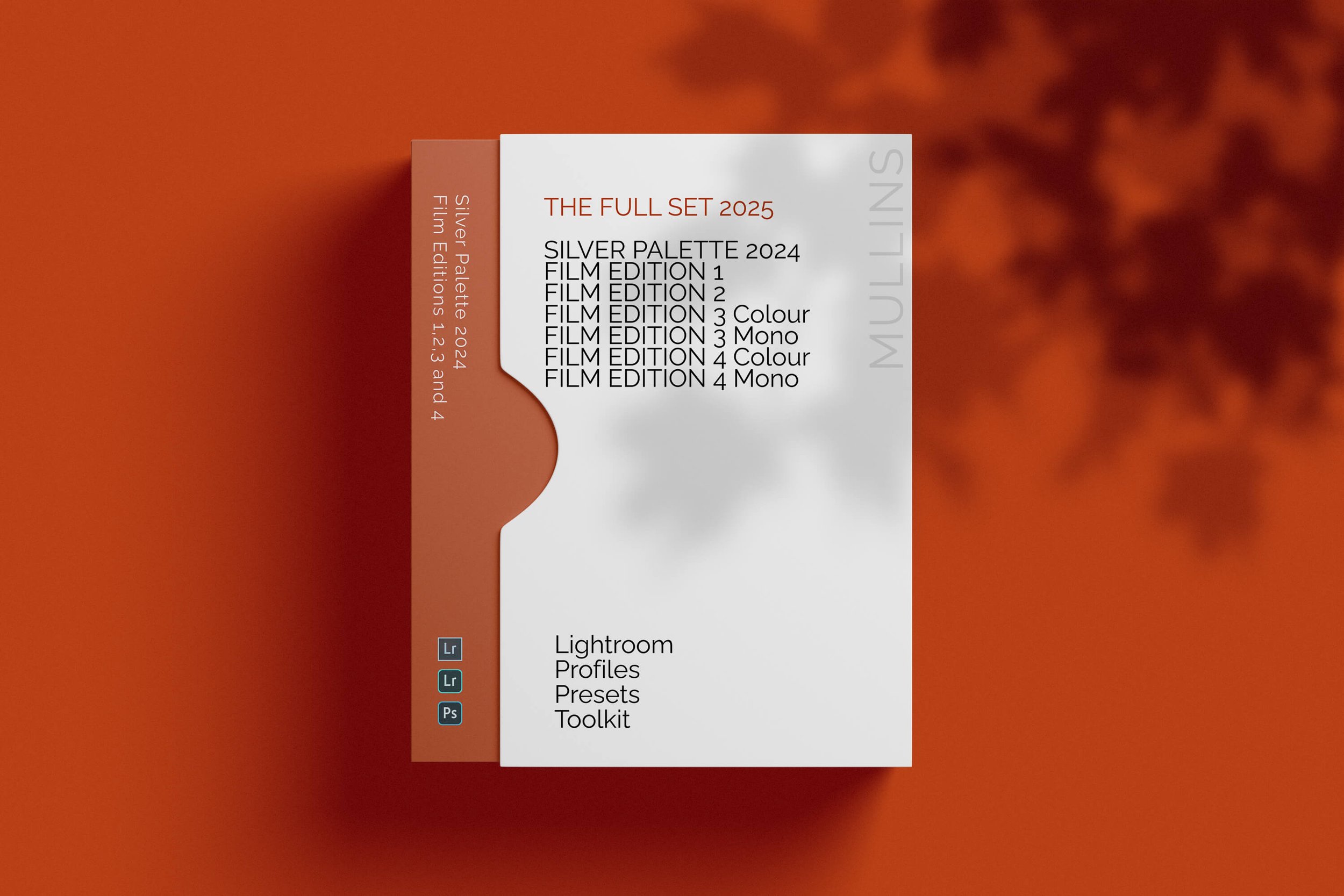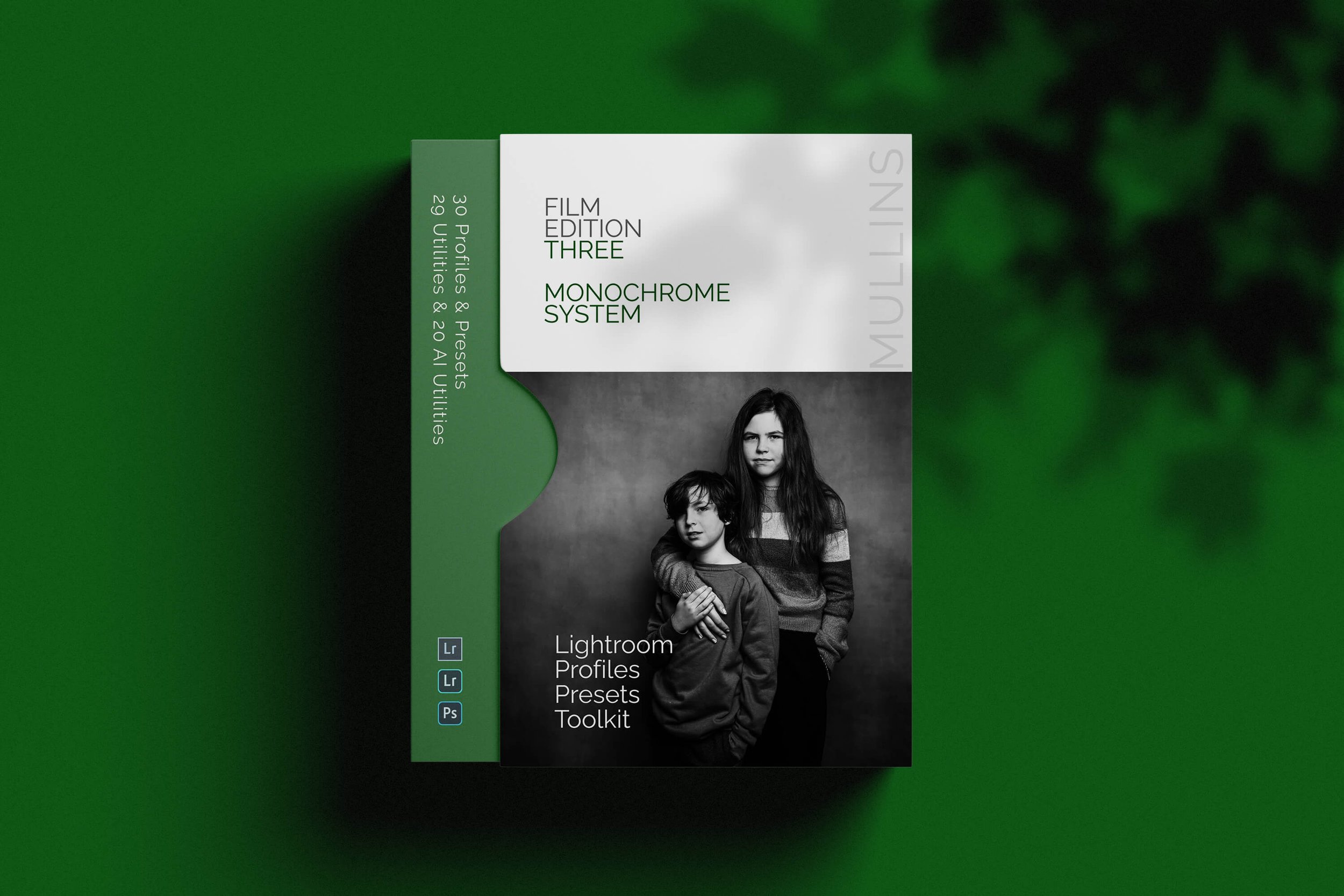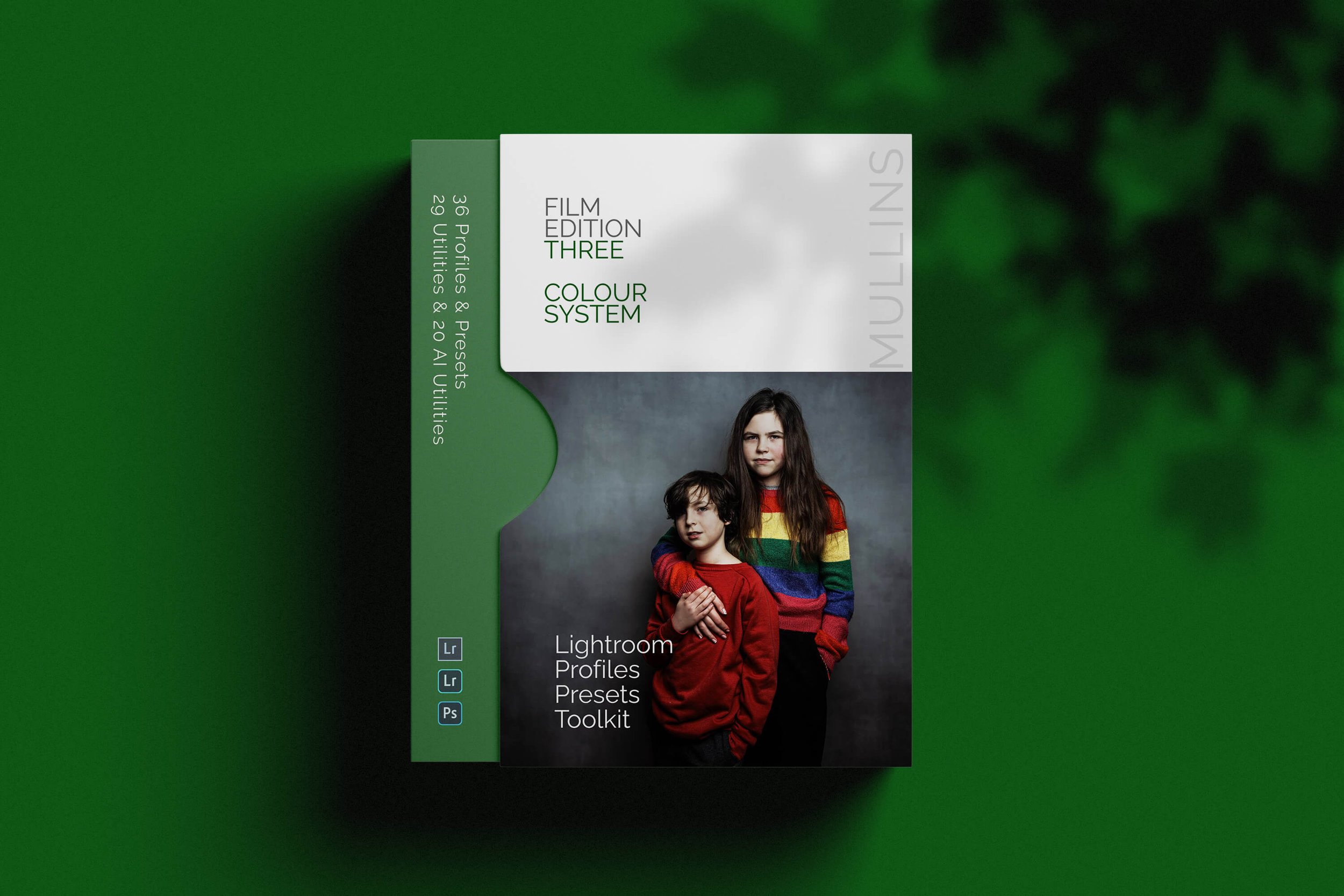Shall We Talk About the Fujifilm X-Pro4?
Where is The Fujifilm X-Pro4?
In this video, I discuss my love affair with the Fujifilm X-Pro camera range and ask: Where is the X-Pro4?
Fujifilm's X-Pro range kicked off with the release of the X-Pro1 in 2012. This was a landmark camera for Fujifilm because it marked the debut of the X-Series line of mirrorless cameras, which aimed to combine classic design with modern digital technology.
A Note on the Editing of The Photos
All the photographs in the video and below were edited using my latest Lightroom Film Profiles and Presets.
Fujifilm X-Pro1
The X-Pro1 was particularly noted for its hybrid viewfinder, allowing photographers to switch between an optical and an electronic viewfinder.
This feature was a big hit because it appealed to those who loved the traditional rangefinder experience and appreciated the benefits of modern digital features.
Like many others, I prefer the X-Pro styling over the X-T and X-H range. It’s been a long time since the X-Pro3 was announced, and in that time, we have had multiple X-T cameras, multiple X-H cameras, and various other GFX cameras.
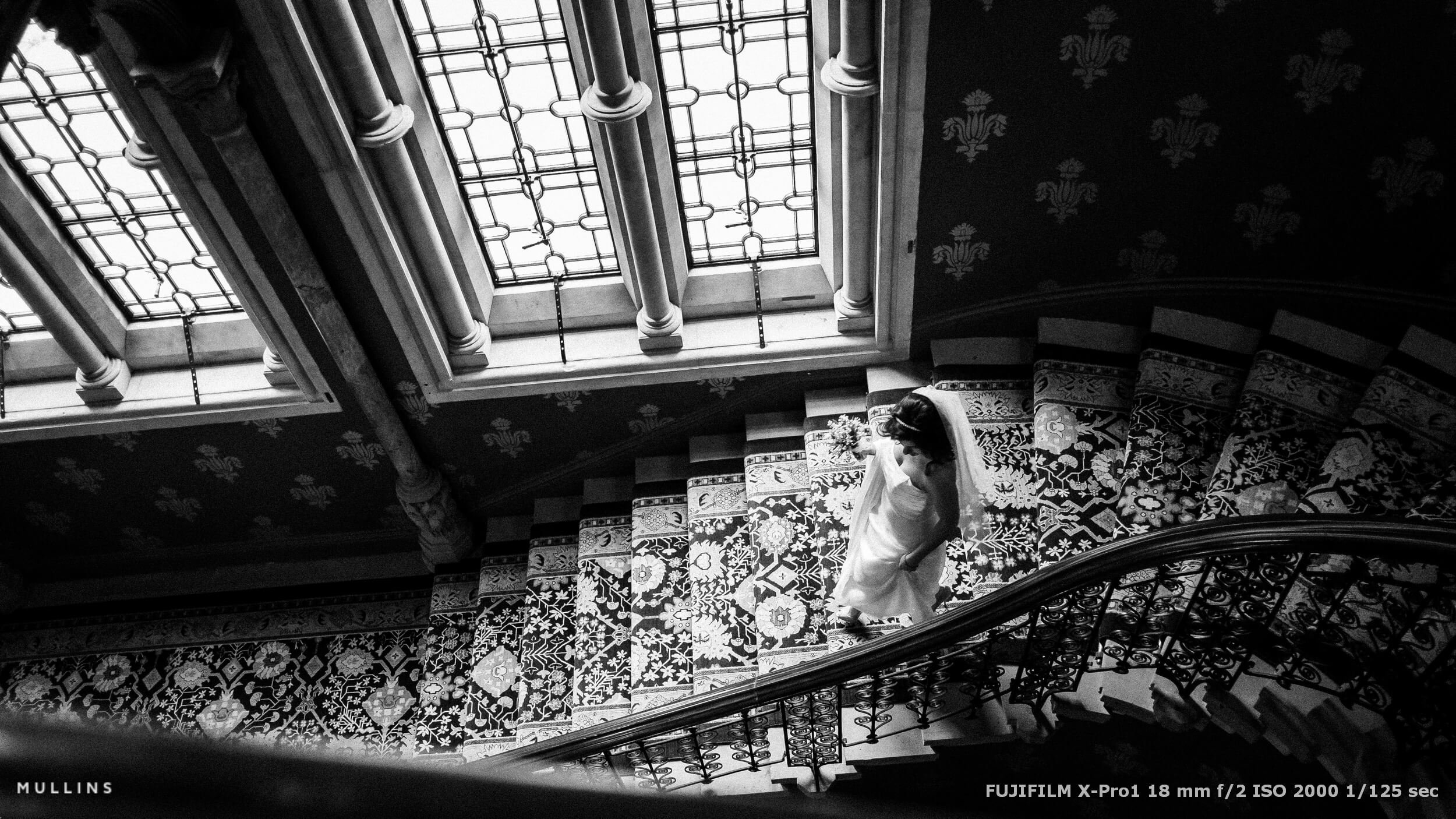
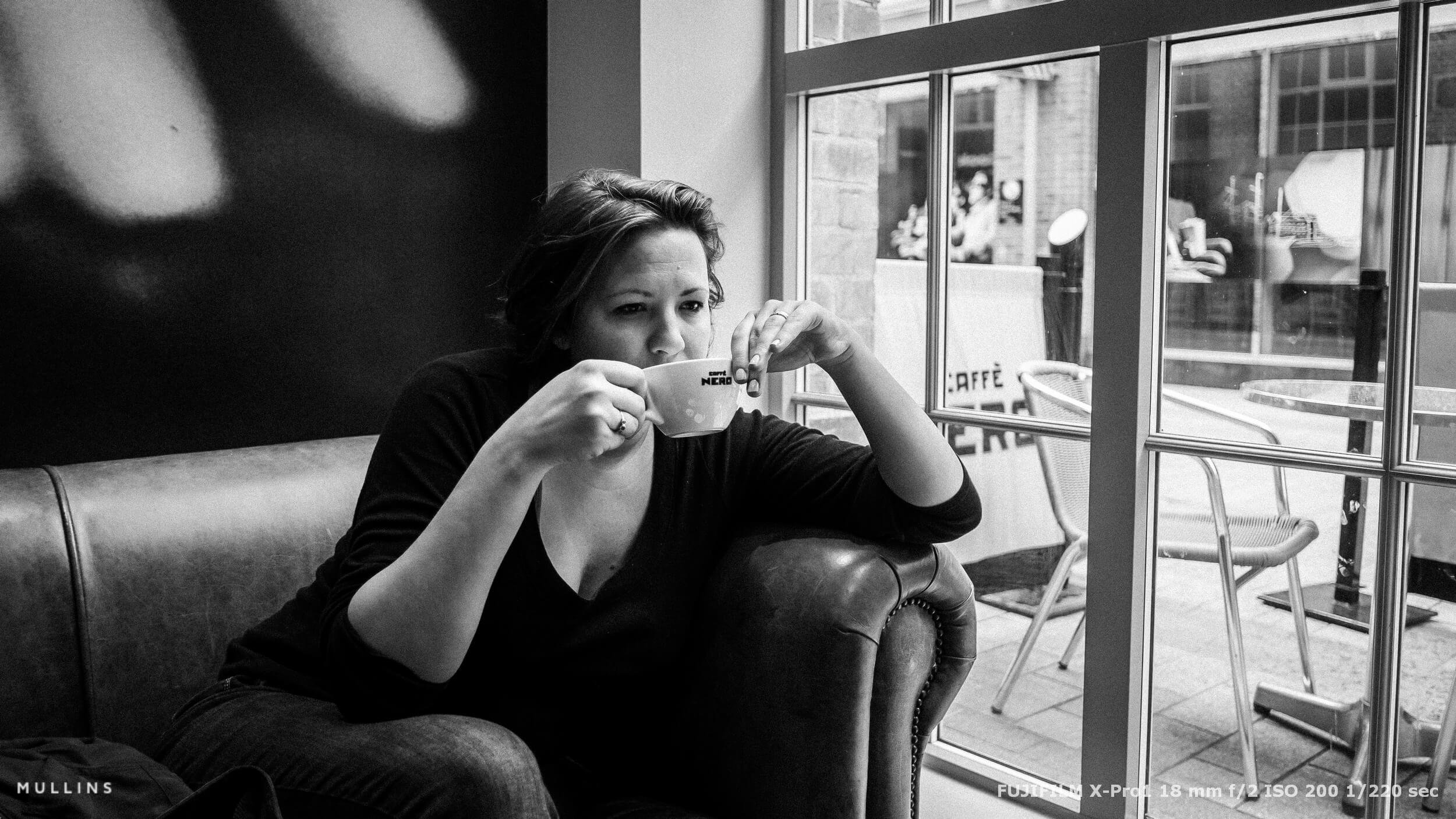
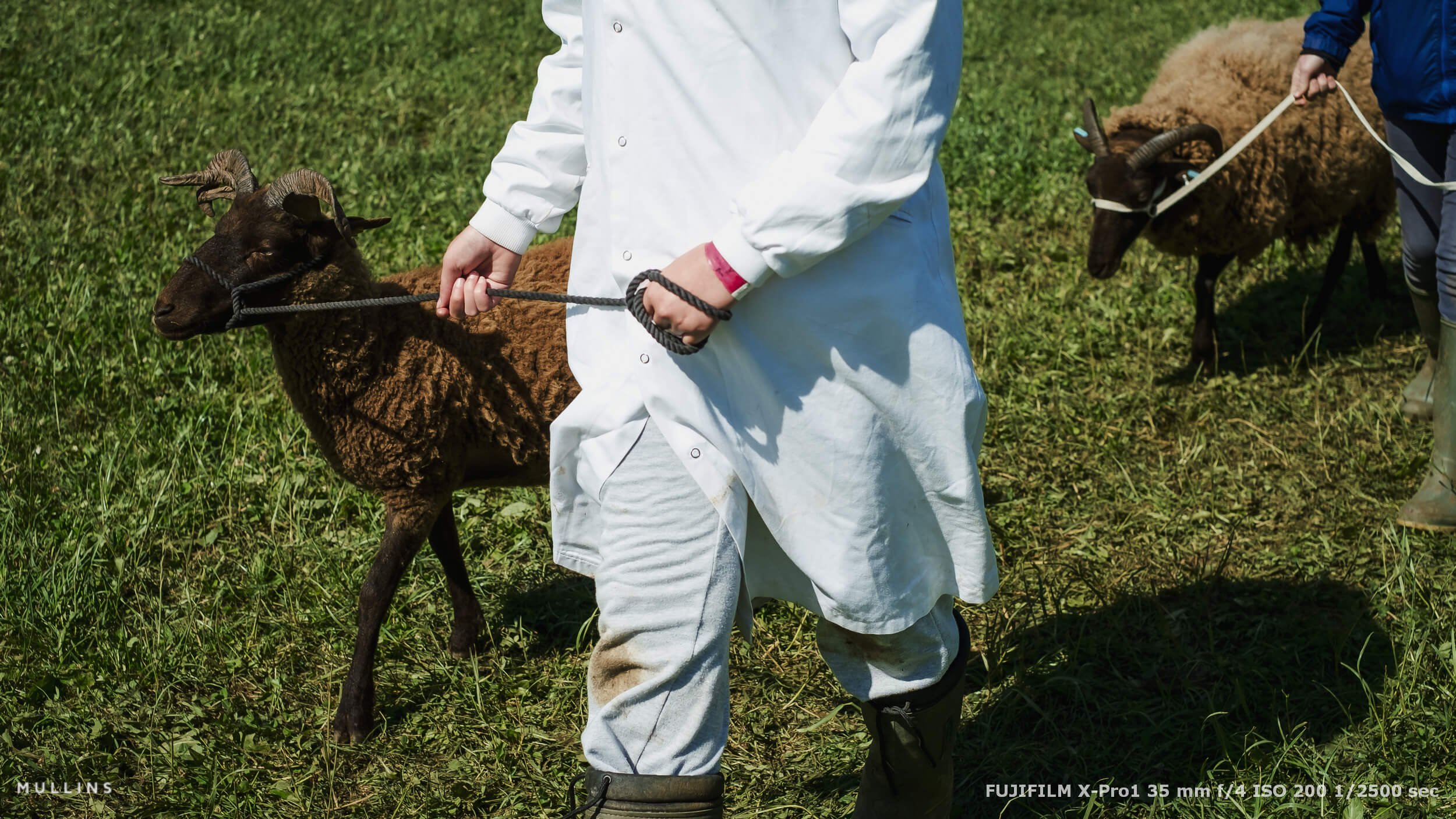

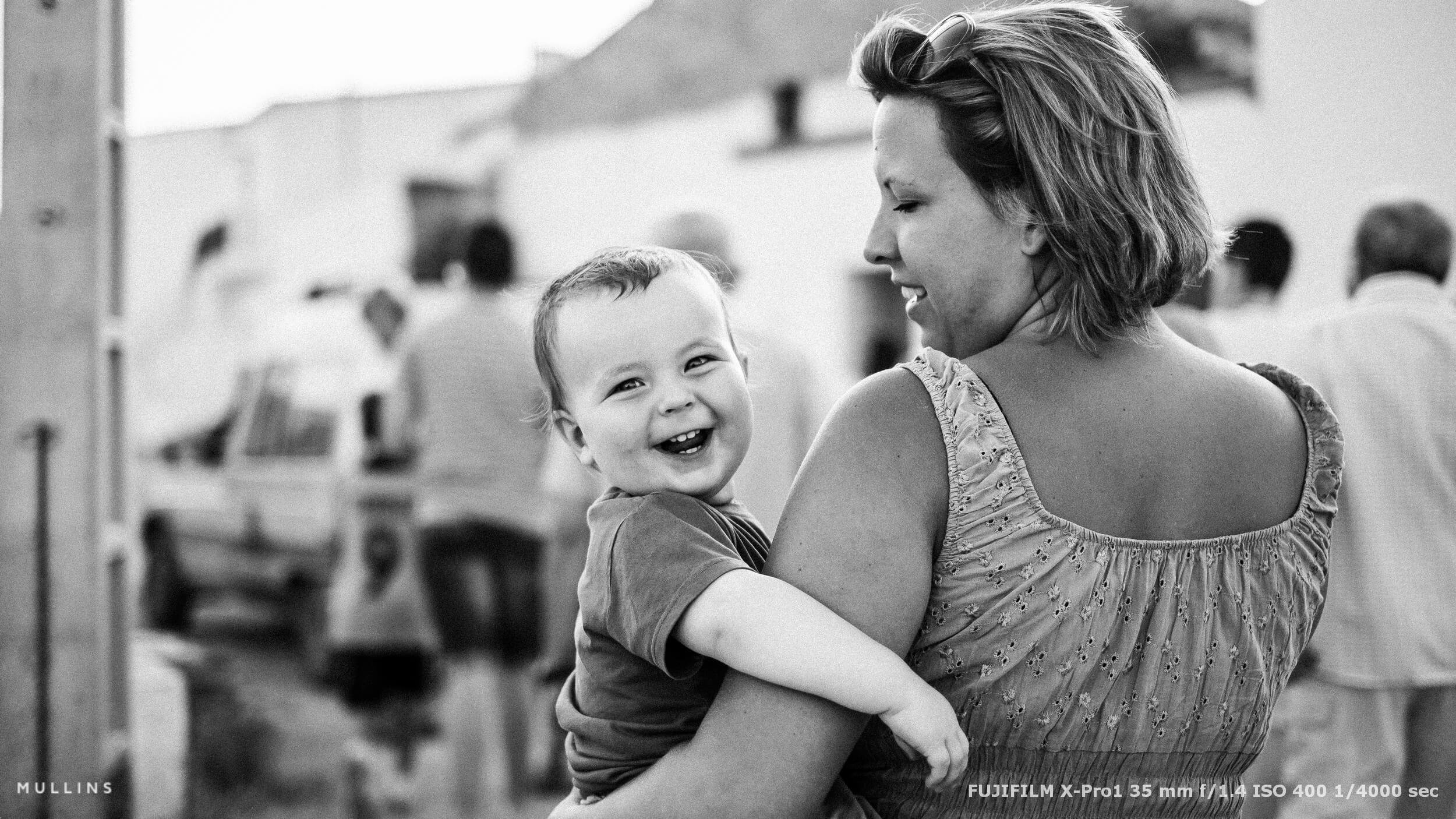
Where is the X-Pro4? That’s what we all want to know, and I’m desperate to see that this magnificent line doesn’t die out.
When I moved from DSLRS, I cut my teeth in the mirrorless world on the original X100 and the X-Pro1. In fact, at the time, I was writing a monthly column for Professional Photographer magazine and was one of the first people in the world to get a preview sample of the X-Pro1.
I think it’s fair to say that I never looked back.
I was an official Fujifilm ambassador for over ten years, and I have nothing but respect and admiration for the whole team at Fujifilm UK and Tokyo. They are my friends, and my relationship is still very strong.
However, this doesn’t stop me from wanting to shout from the rooftops, “Please don’t forget the X-Pro 4”. It’s such an important line for so many people.

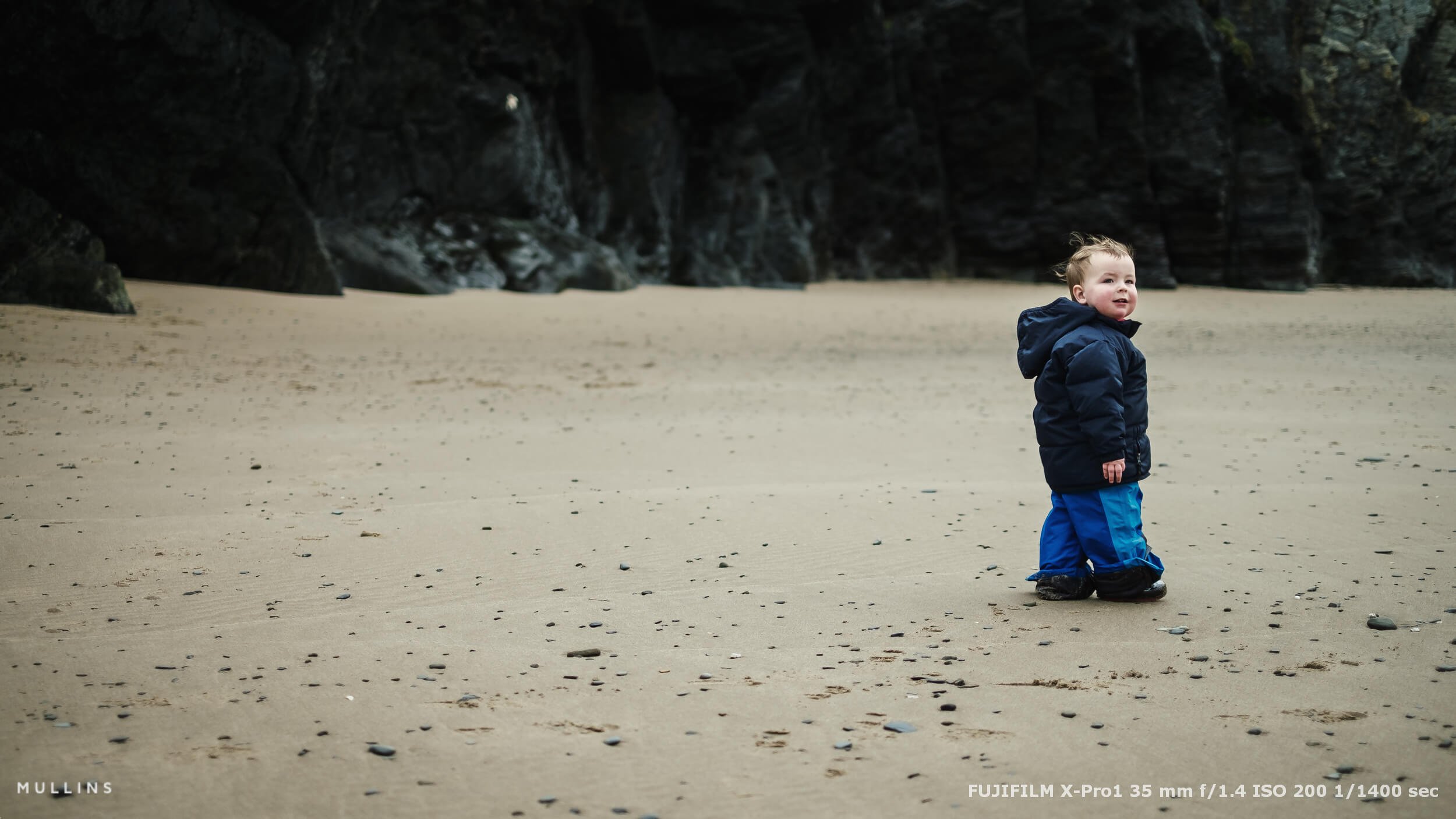
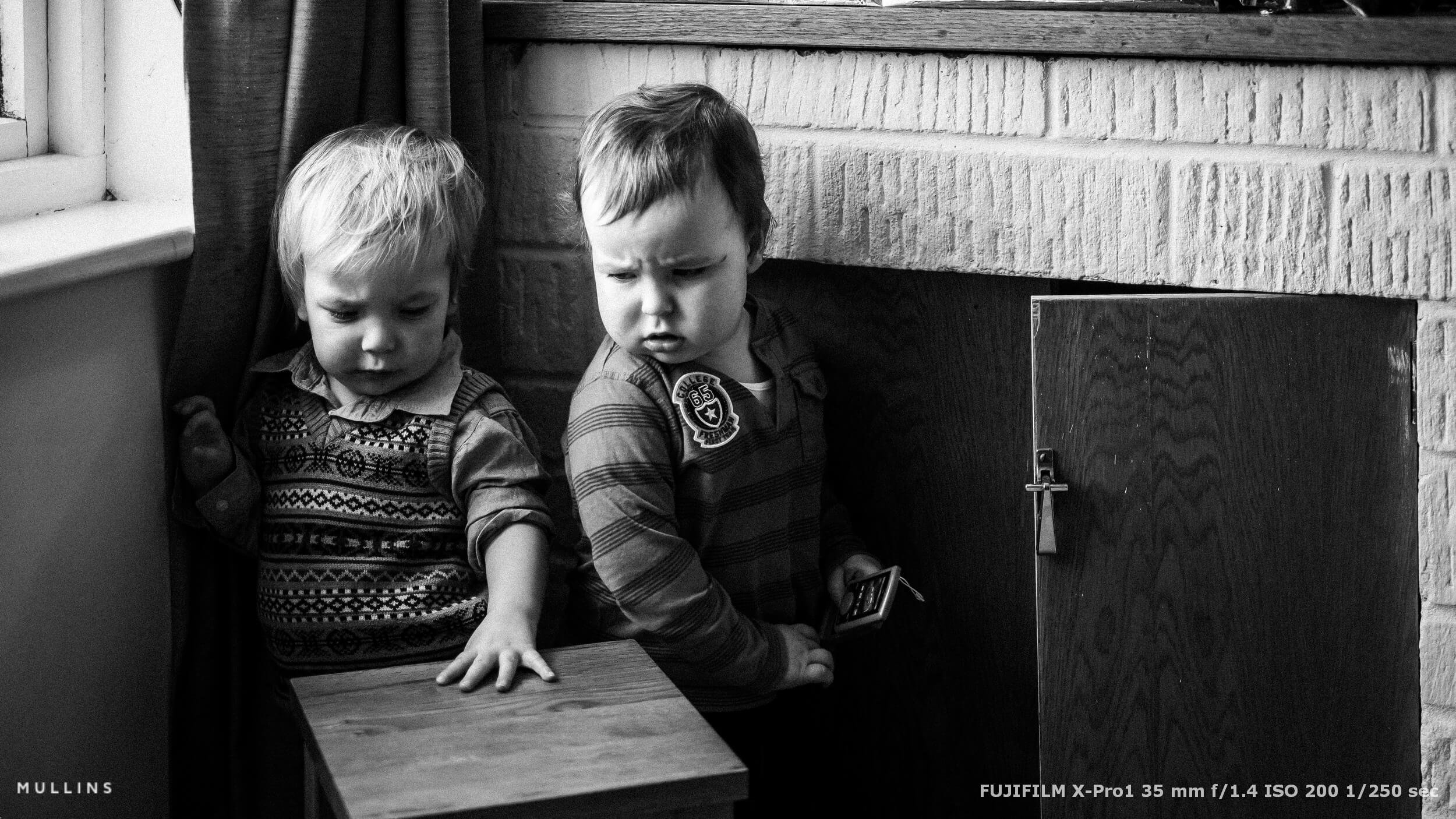
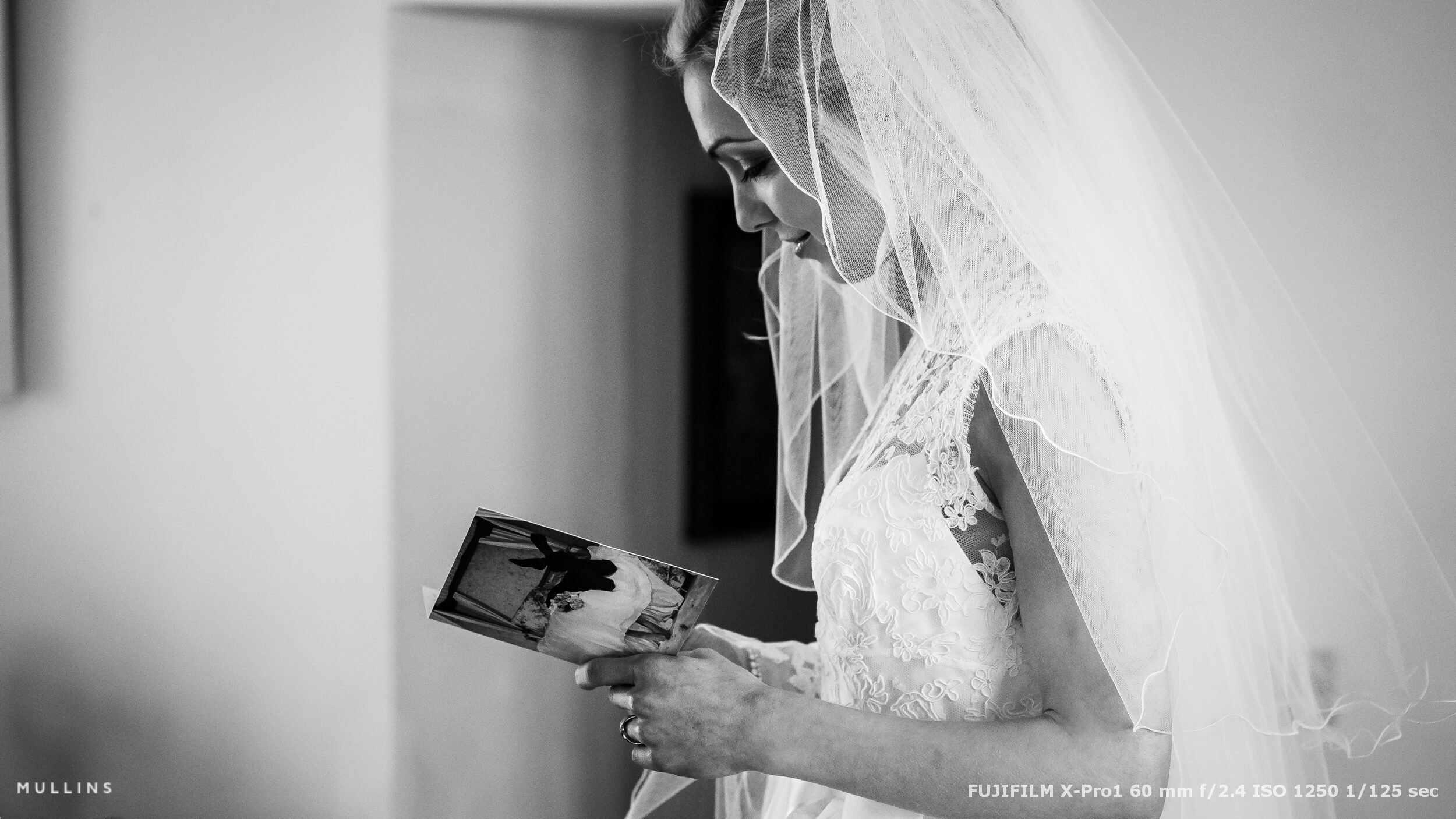
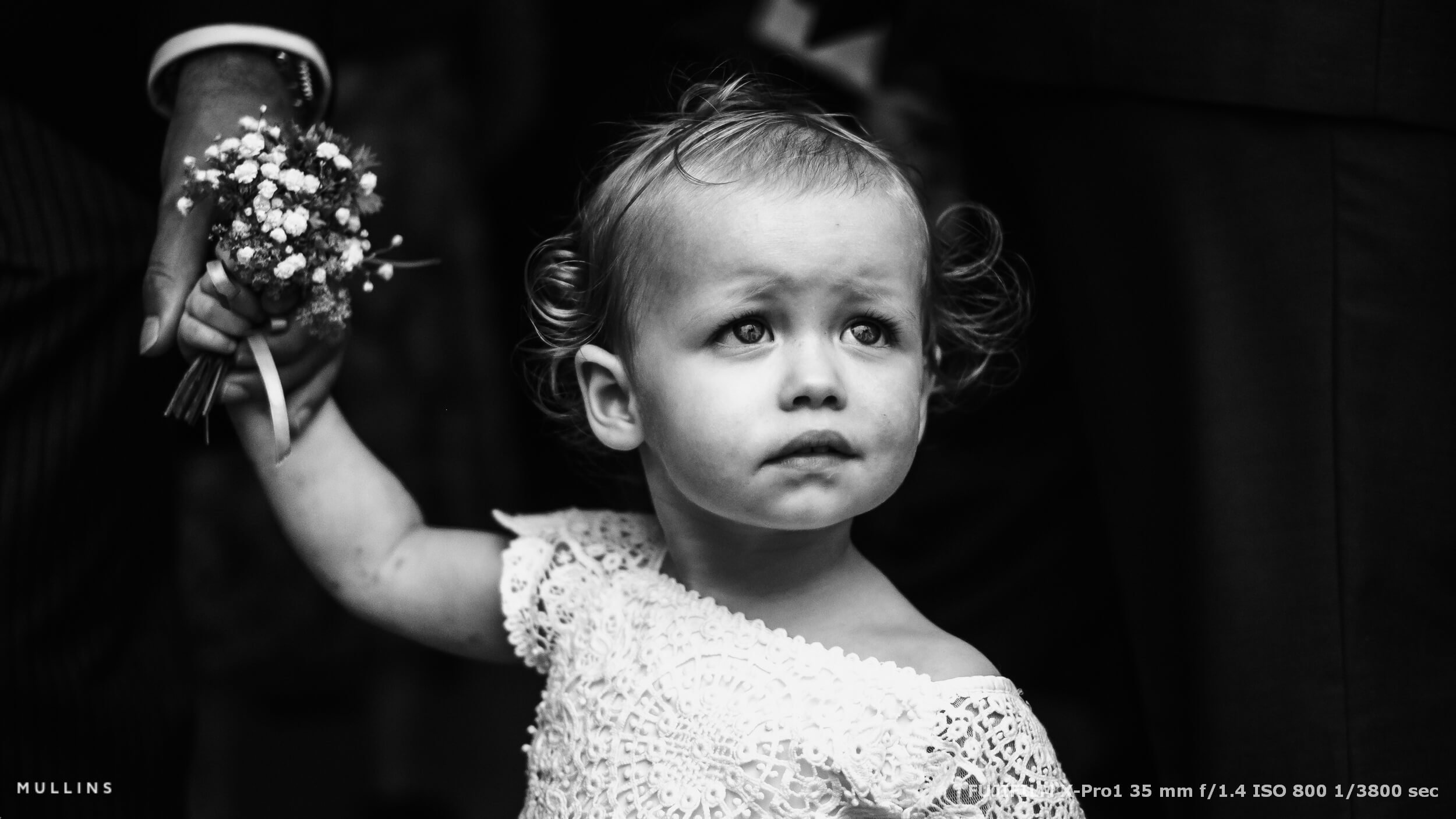
What was so great about the X-Pro1?
Was it the hybrid viewfinder? Was it that rangefinder look? Perhaps the amazing little 16-megapixel sensor created wicked JPEGs and lovely RAW files to edit.
Ultimately, it was about the fact that I just loved using it. It wasn’t the fastest to focus and a bit clunky in the menus, but I picked it up every time I could, and I loved it.
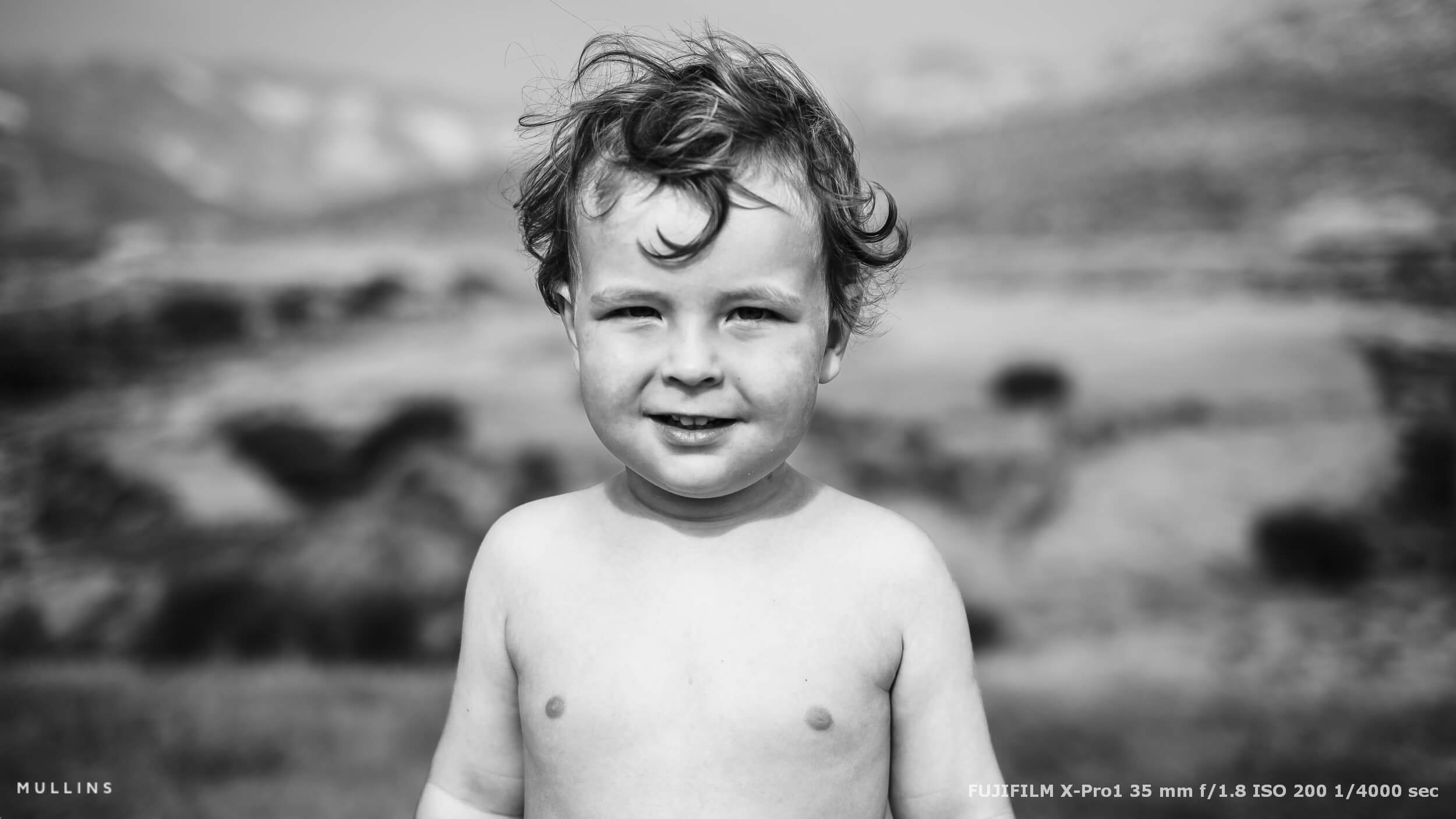

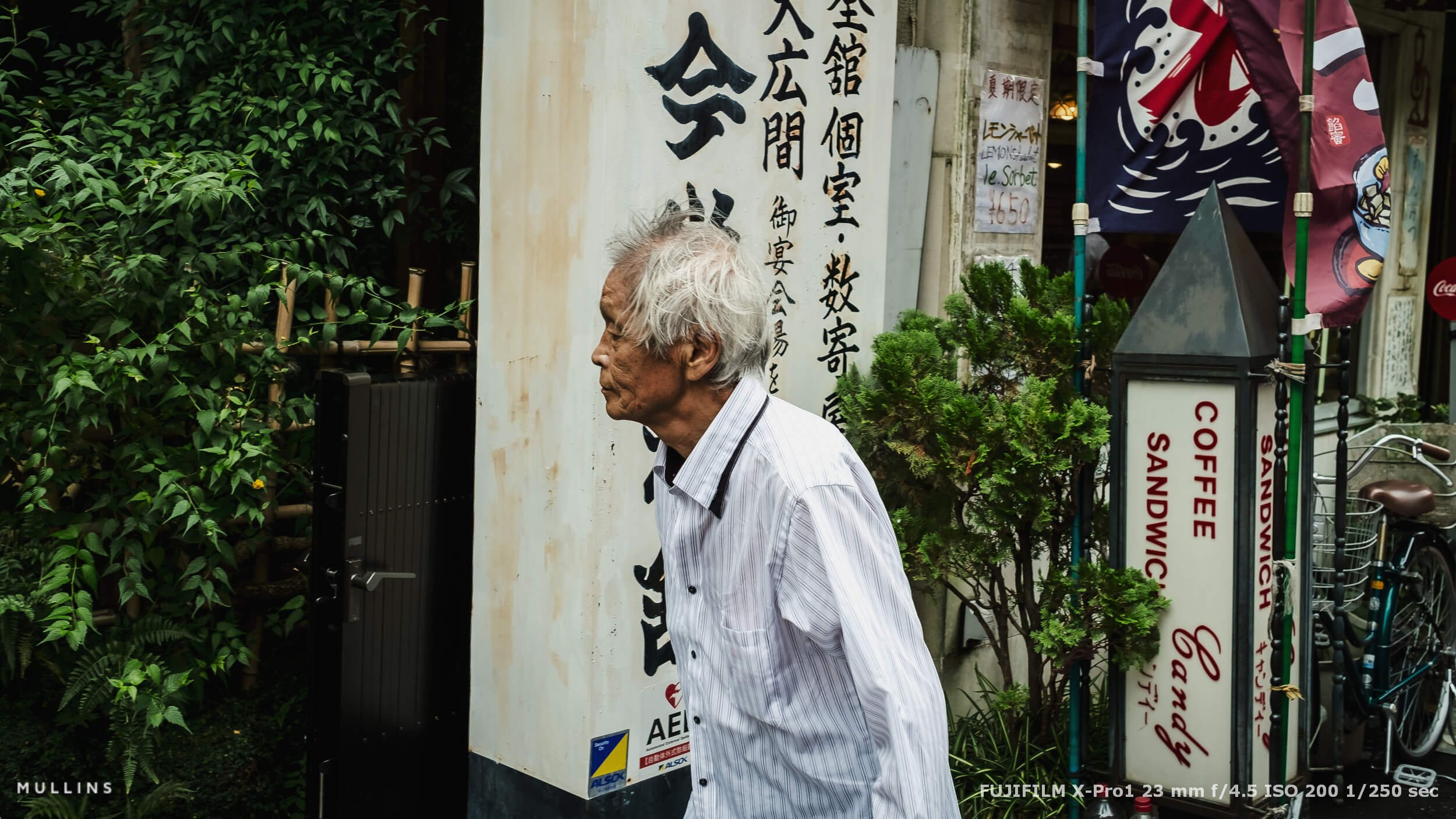

Fujifilm X-Pro2
Then, in 2016, the story continued and Fujifilm introduced the X-Pro2. This model was a significant upgrade over its predecessor in several ways. It featured a more advanced sensor, the 24-megapixel X-Trans CMOS III, which was a leap from the 16-megapixel sensor used in the X-Pro1.
My Much Worked Fujifilm X-Pro2
The X-Pro2 also boasted improved autofocus performance and a more robust body that was weather-resistant, making it more versatile for shooting in various conditions.
I think the X-Pro2 really made people sit up and think. Wedding photographers, street photographers, and travel fans alike bought it in droves. It sold incredibly well, and it was really, in my mind, the most important camera Fujifilm has made to date.
It brought so many people to the brand, and those who have stayed know how loyal Fujifilm is to its customers and how it puts the art of photography at the forefront of everything it does.
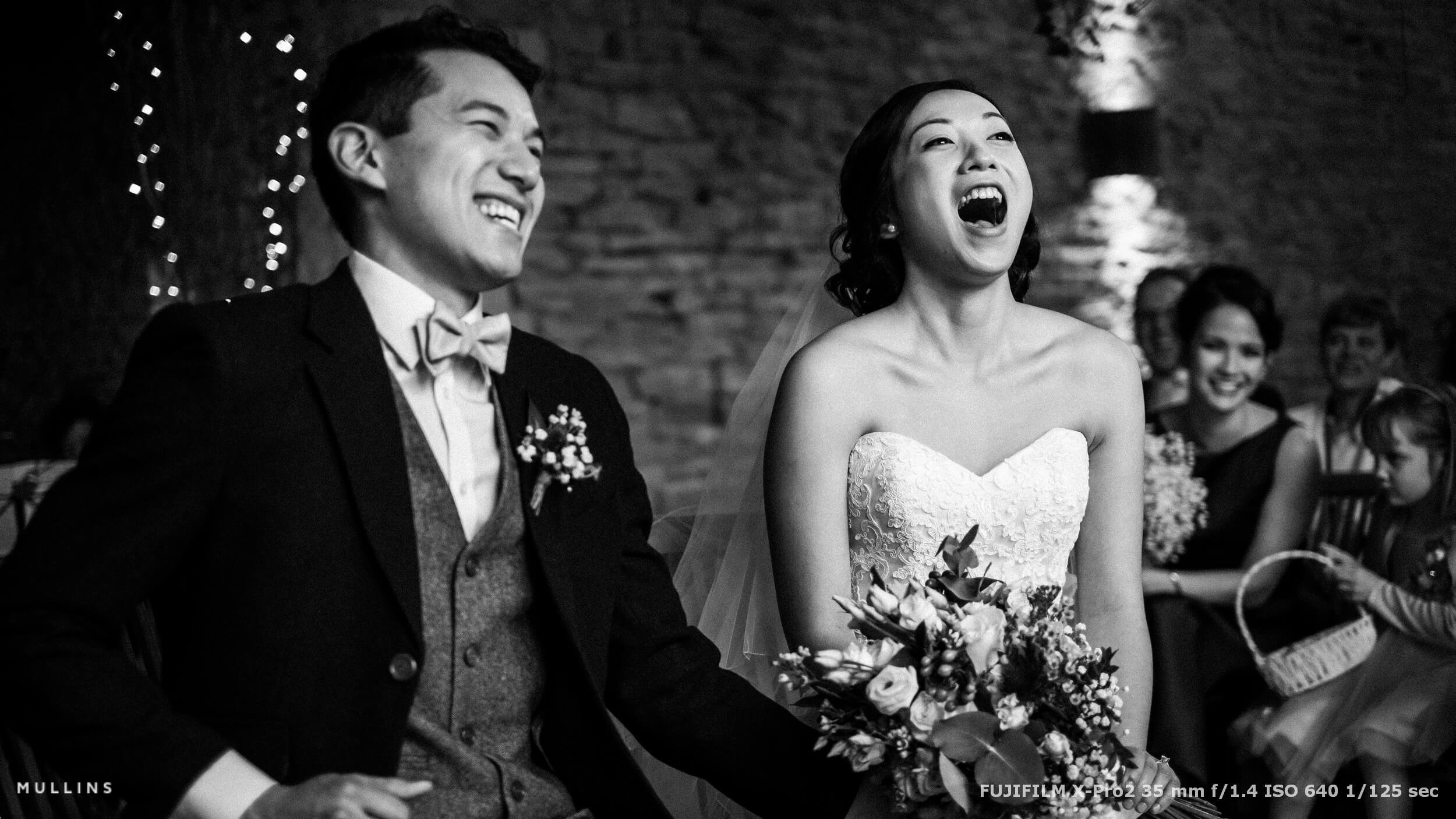
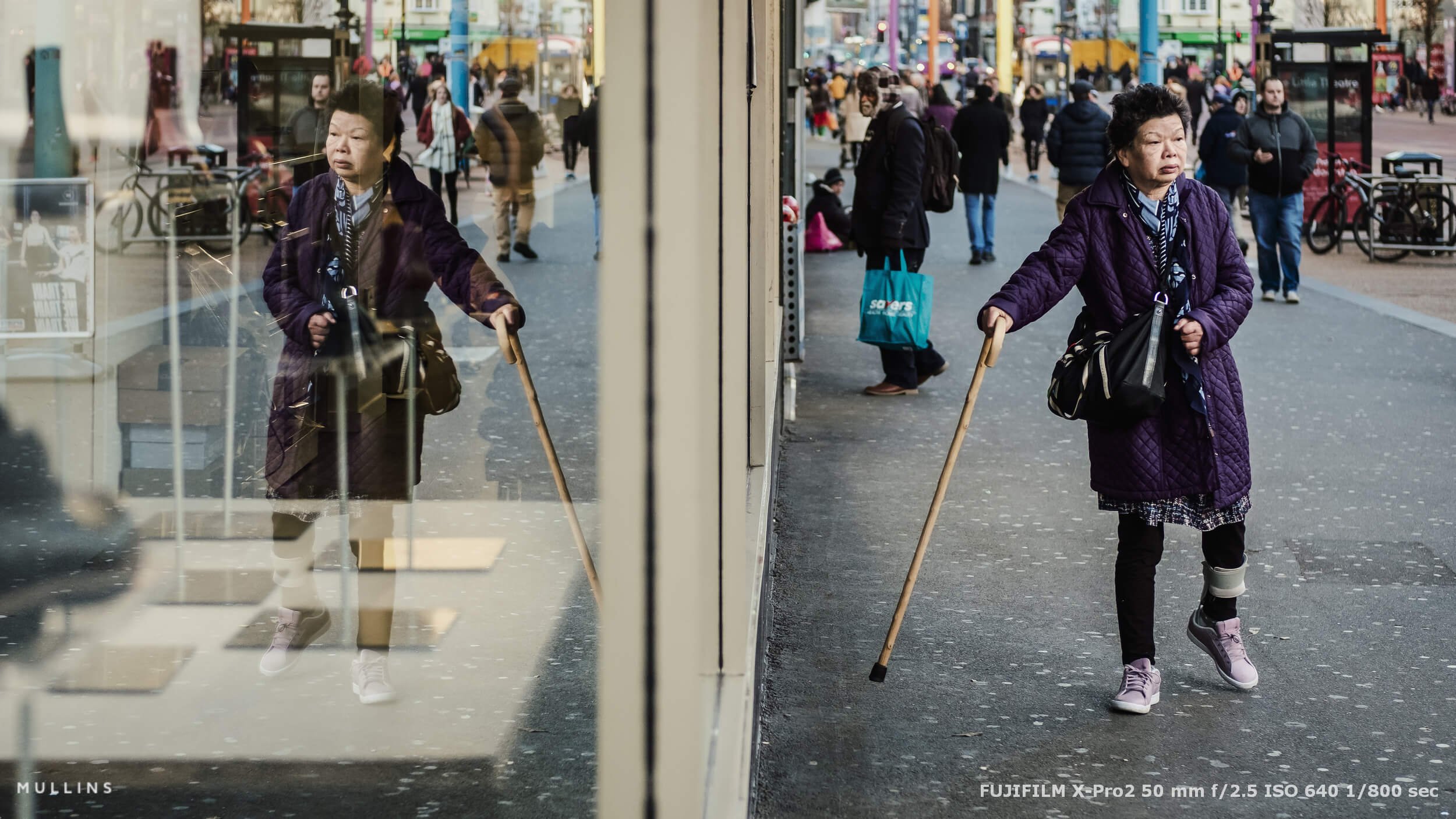
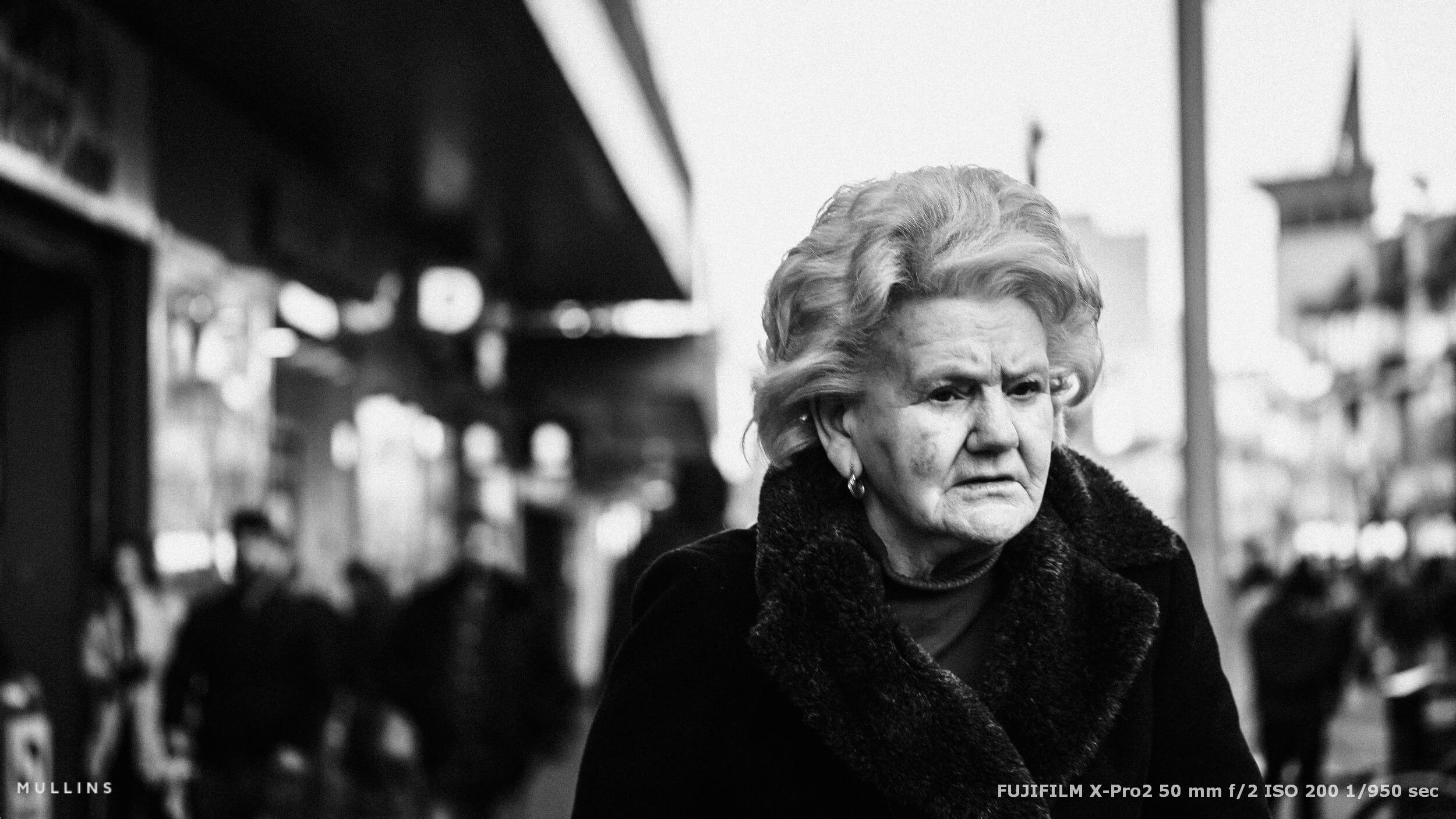
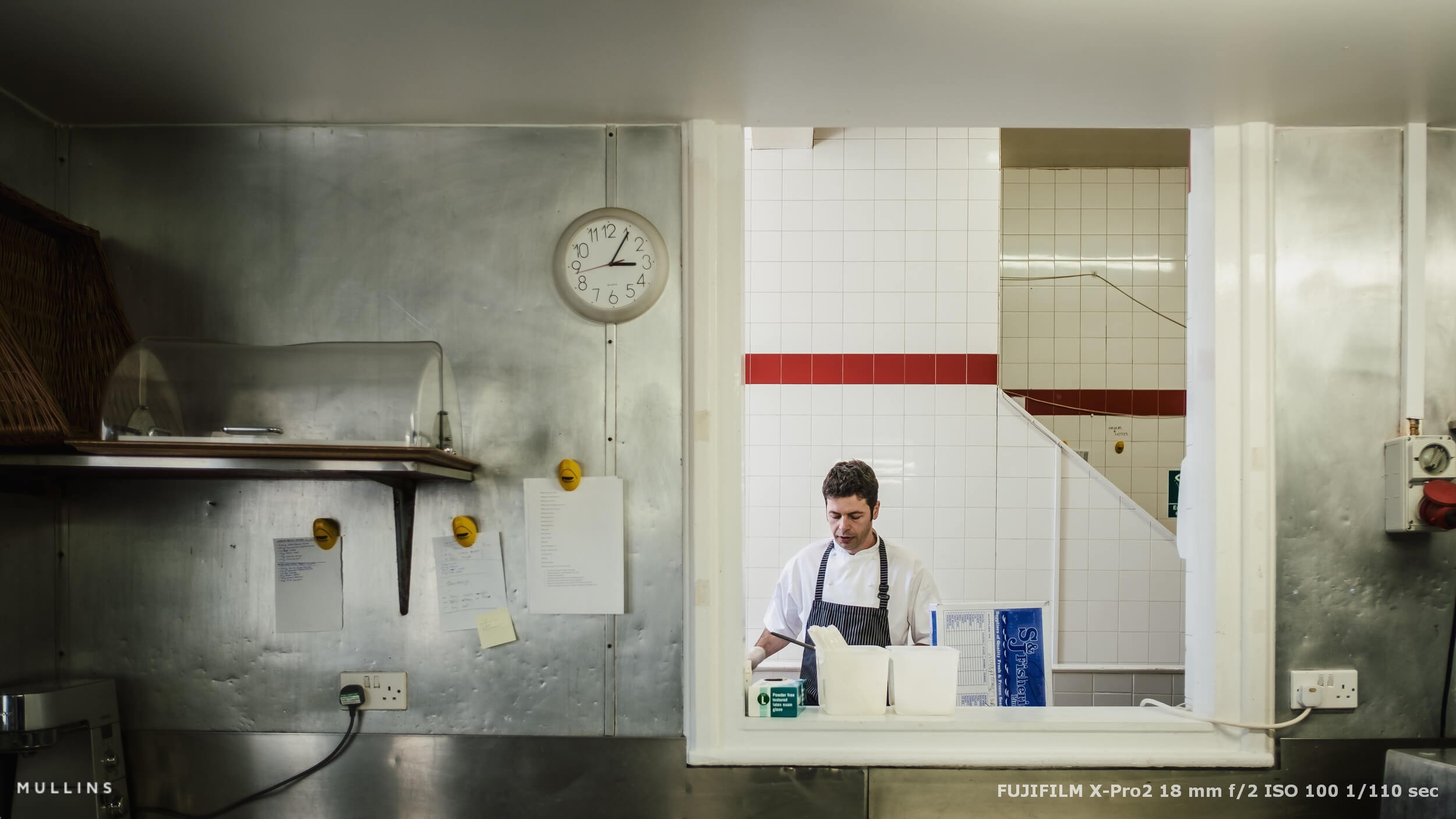
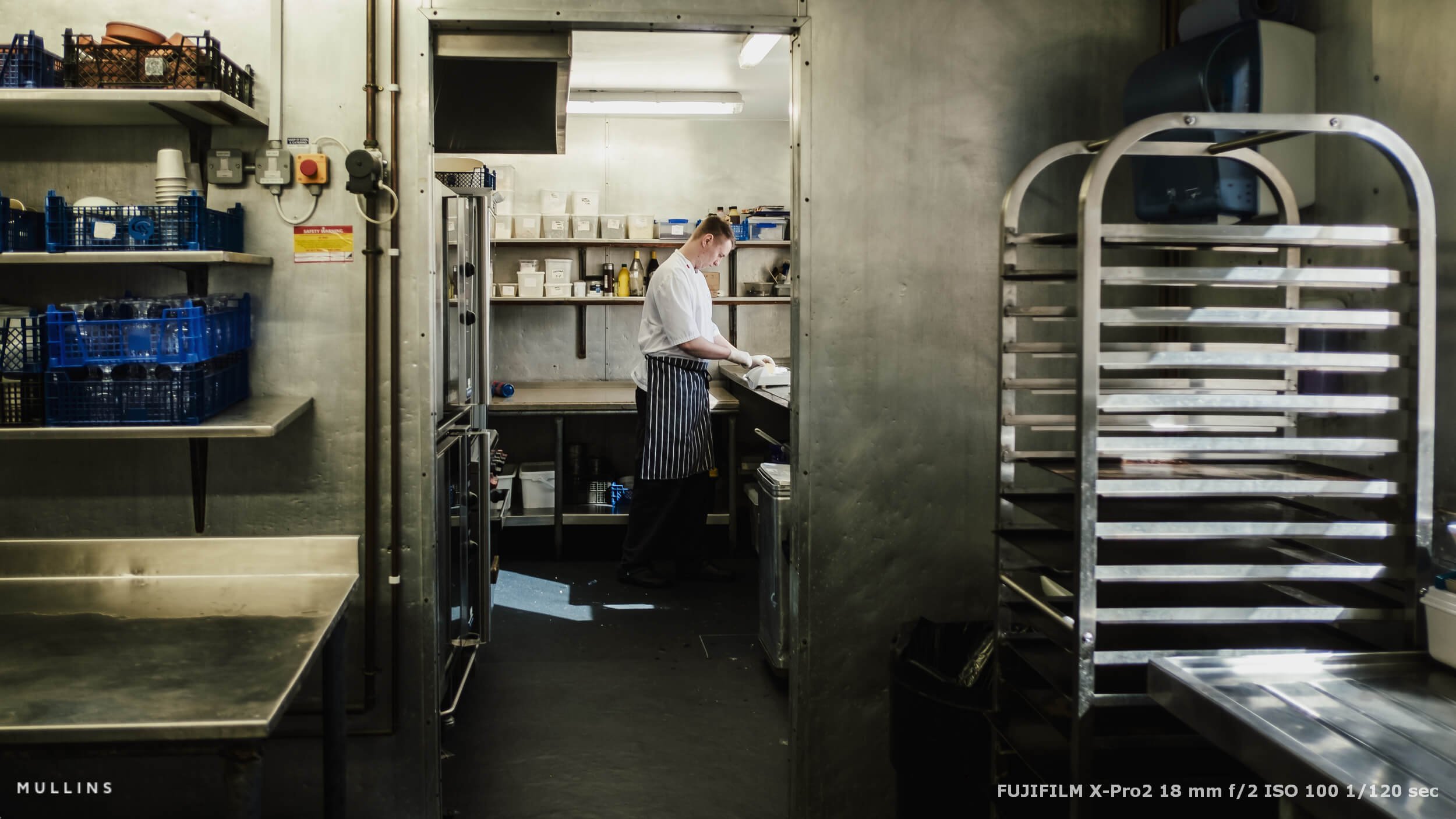
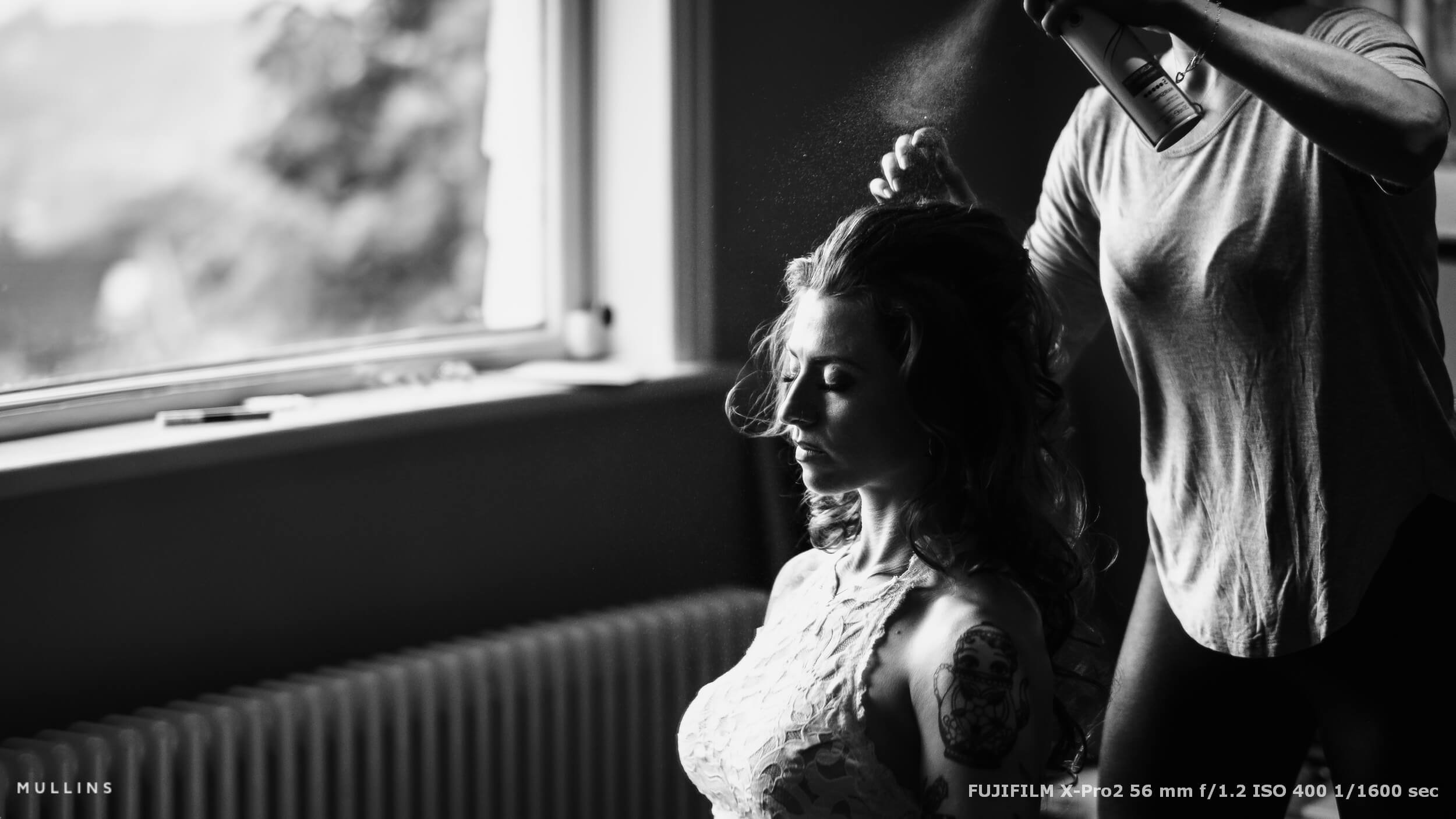
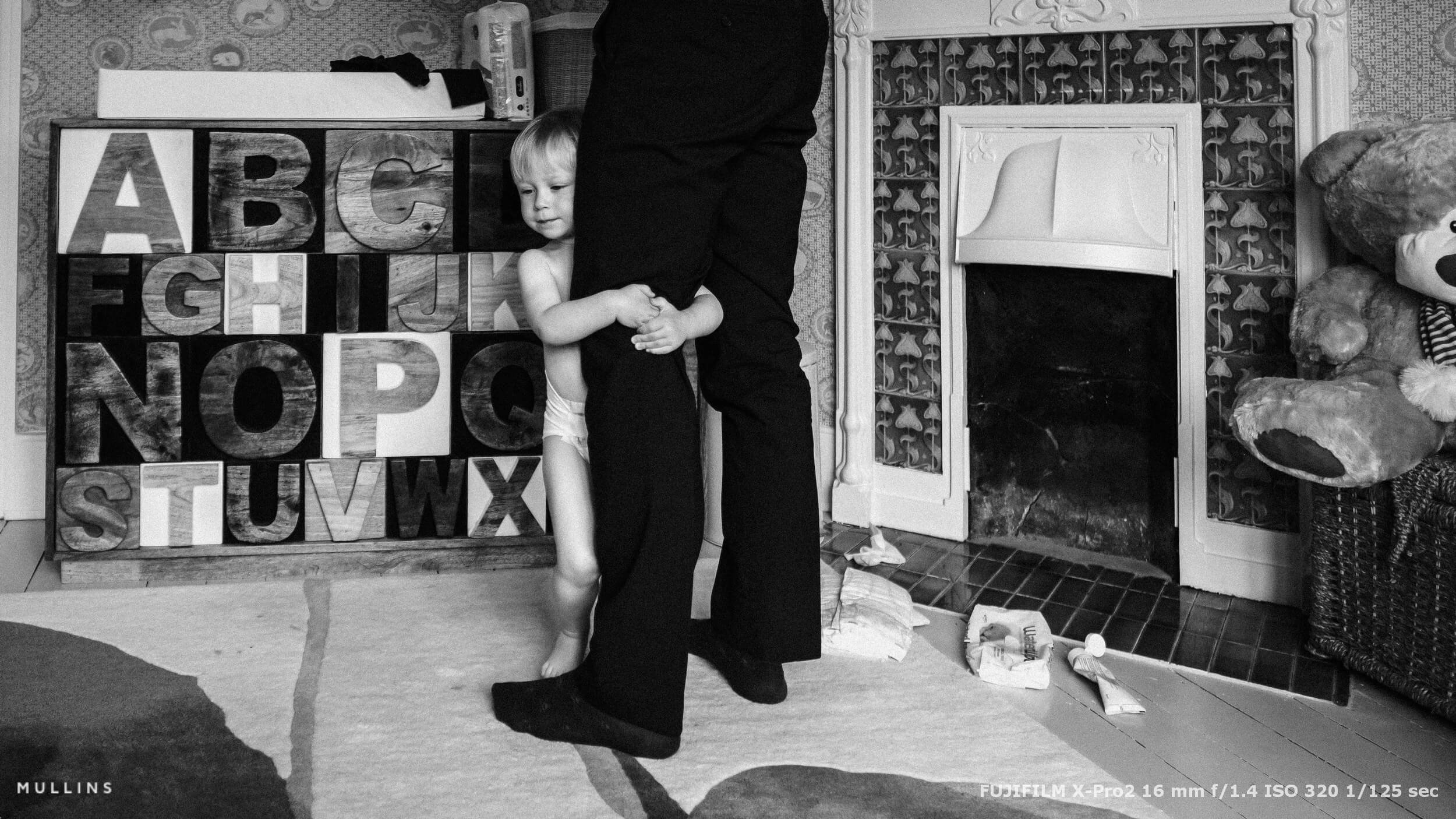
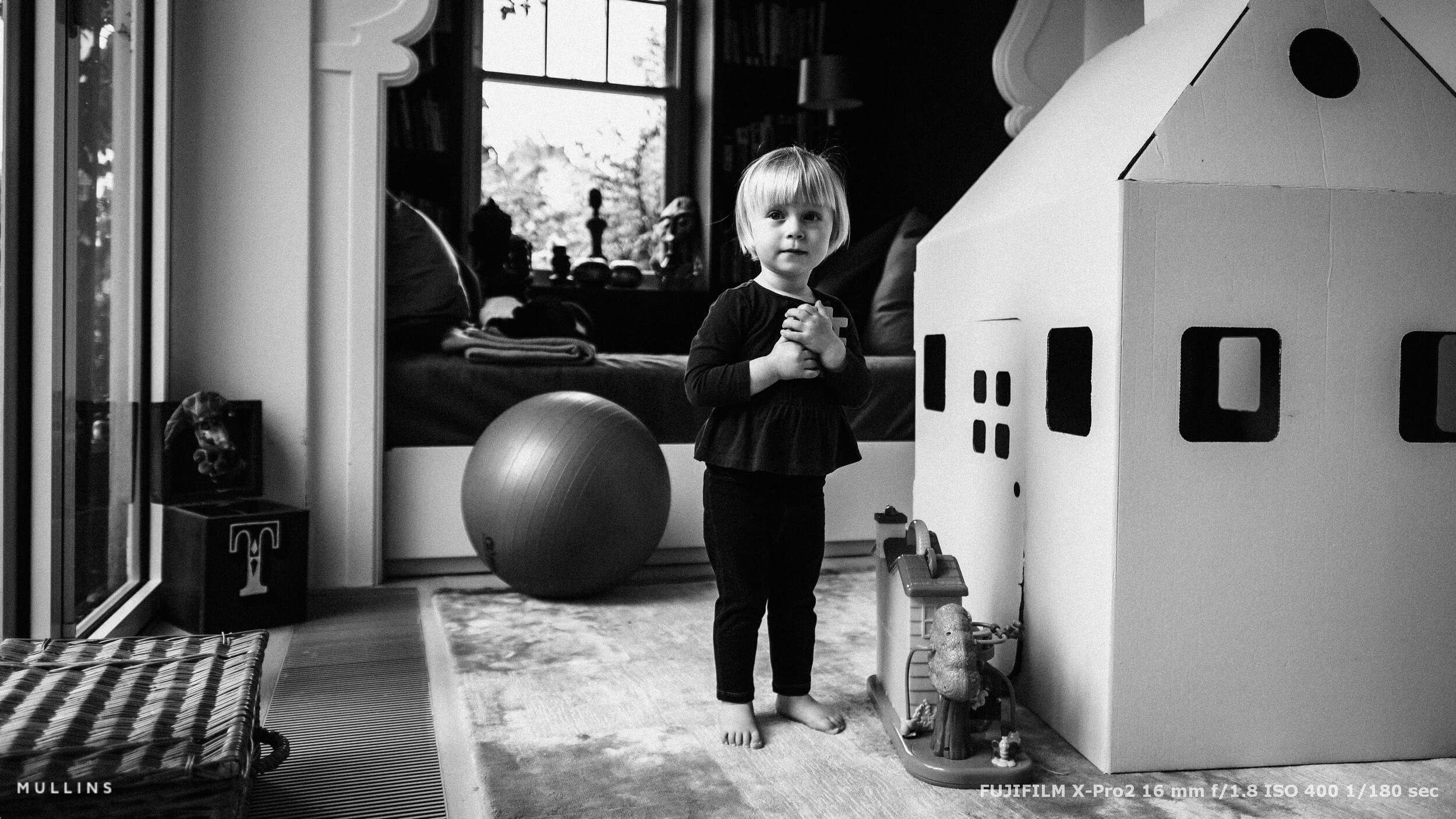
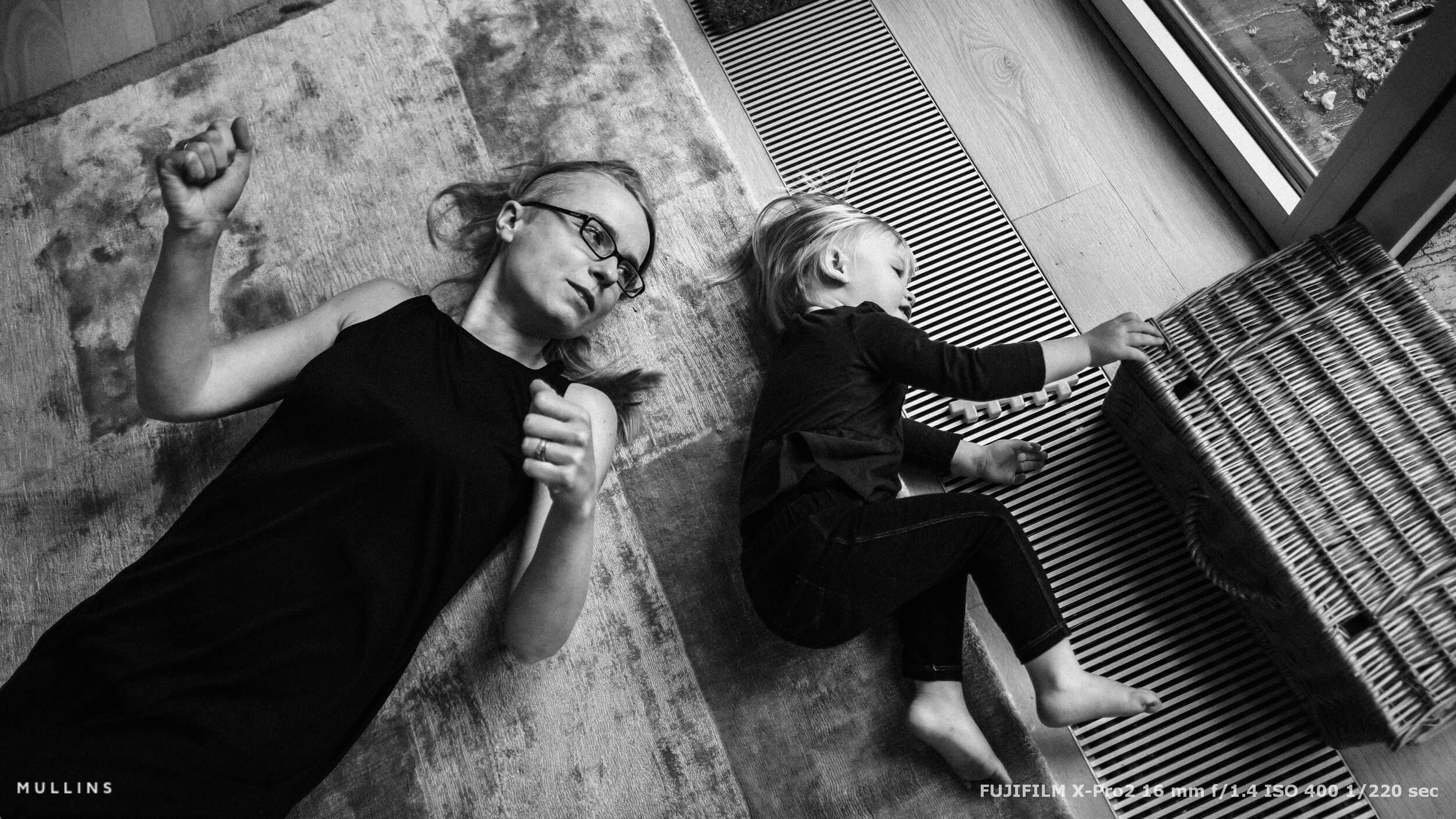
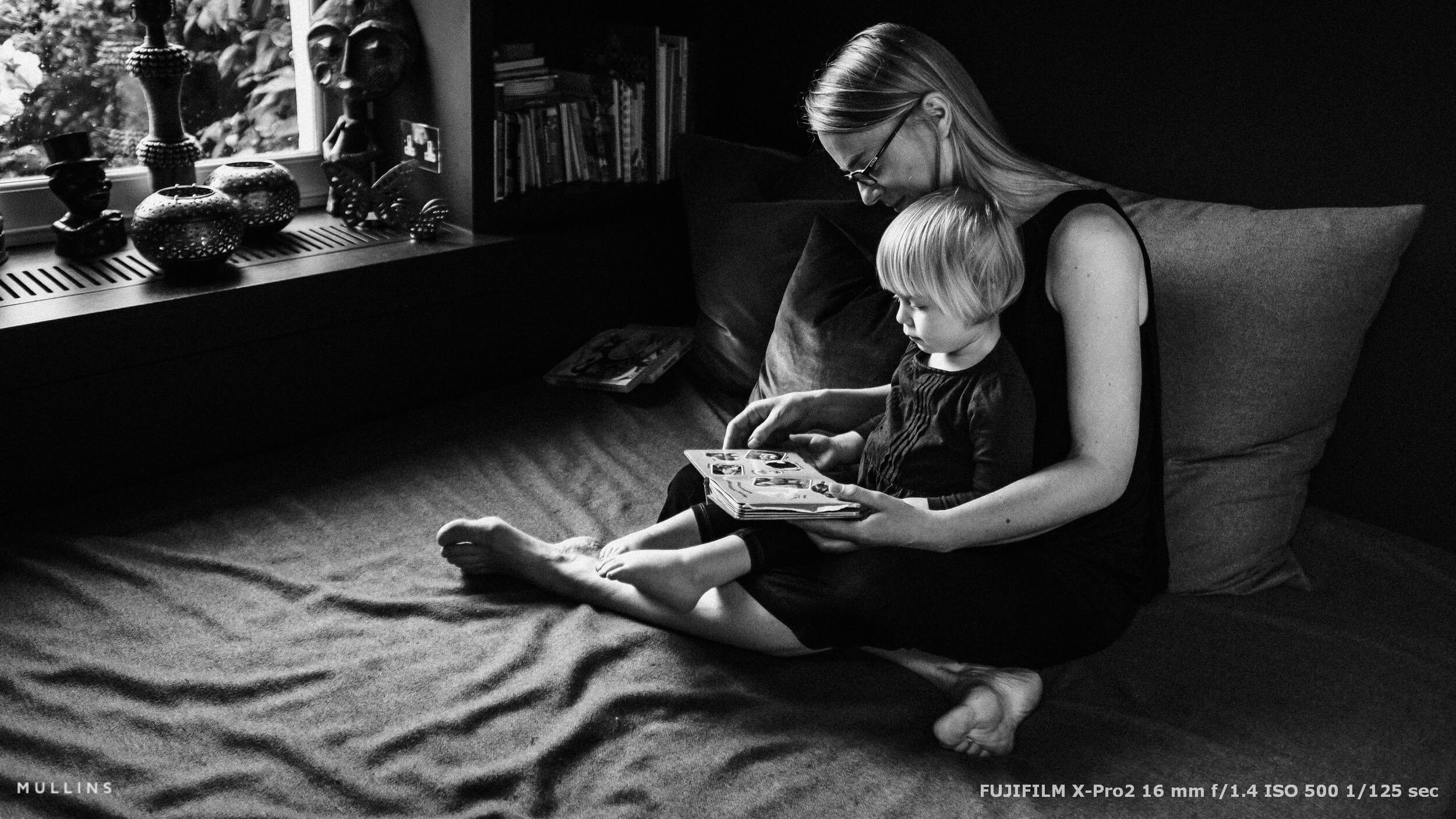
So why are we hearing no rumours of an X-Pro4? Over on the Fujirumours website, Patrick recently shared an idea of a Digital X-Pan X-T-style camera coming in 2028.
Now, that does sound wonderful, but where is the X-Pro4? This is a far more important question for working photographers who love rangefinder-style cameras.
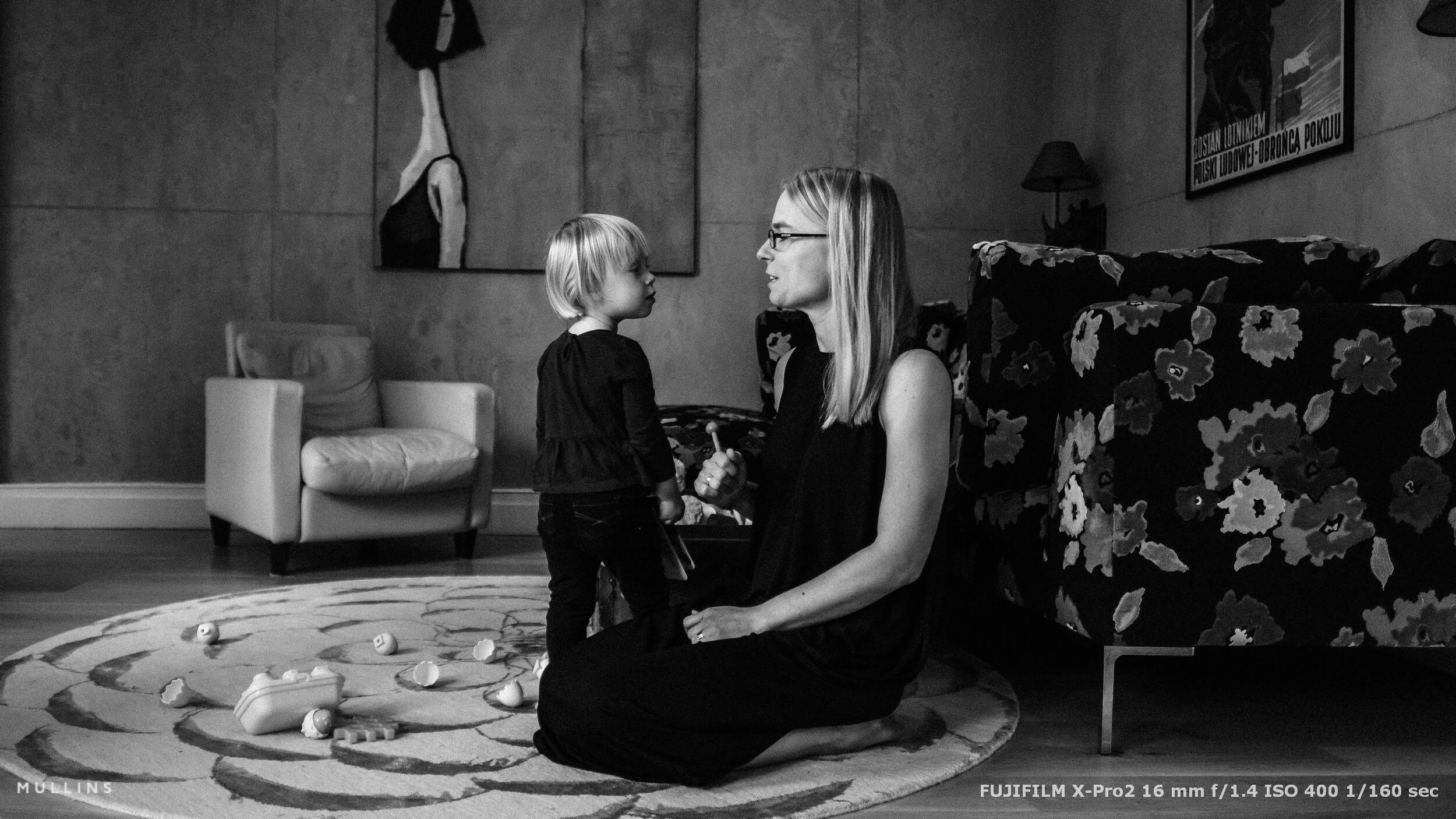
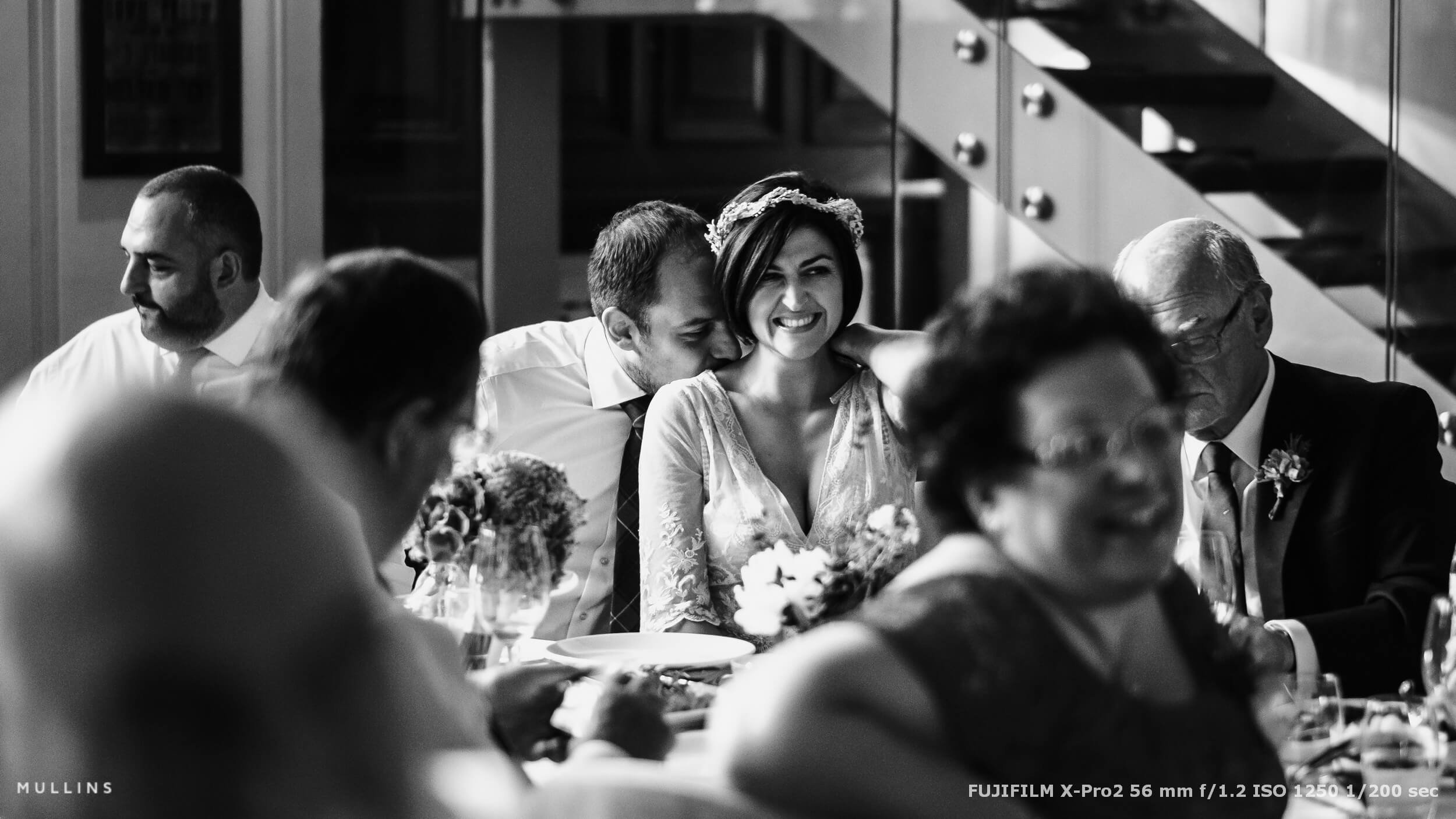
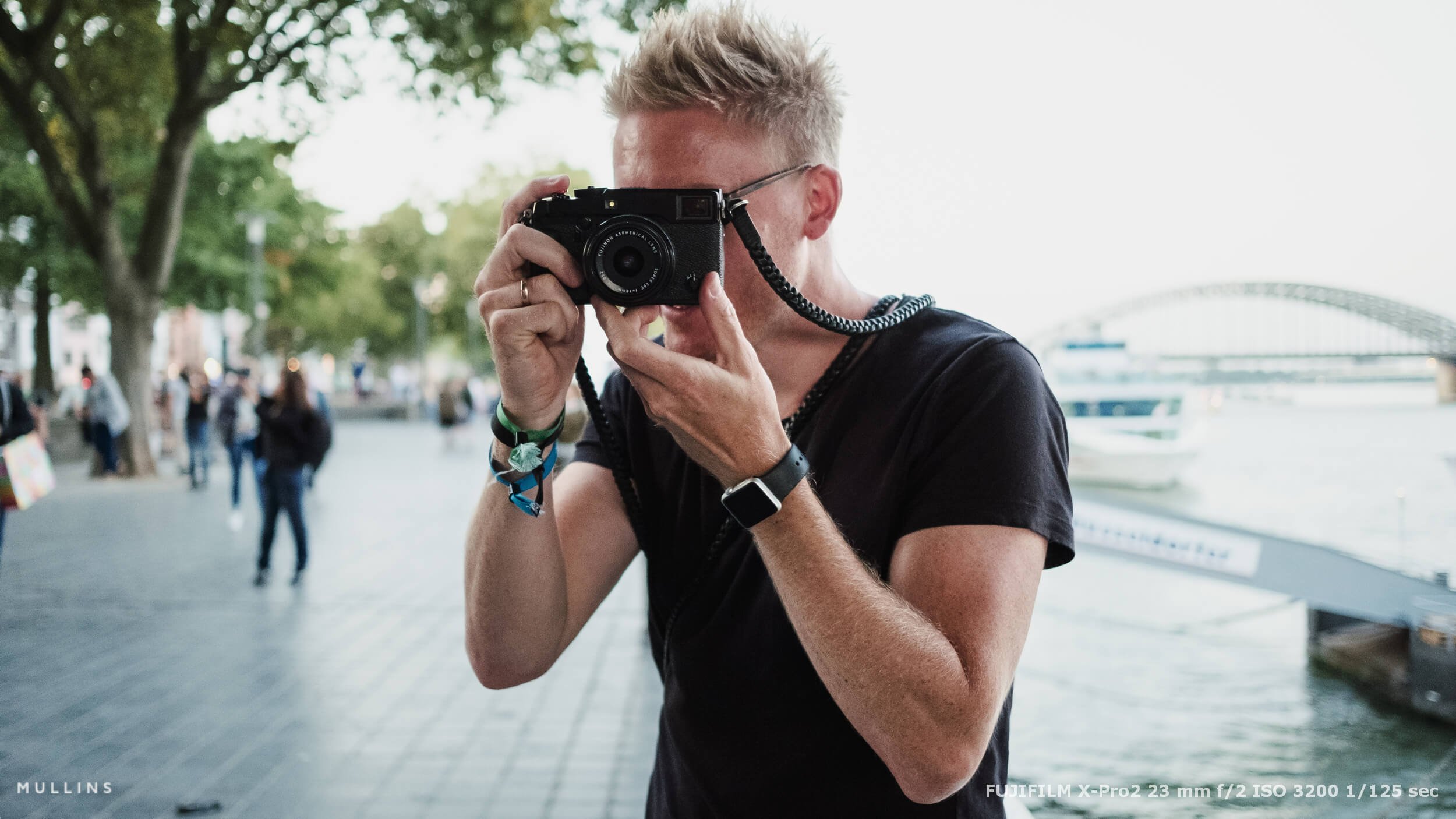
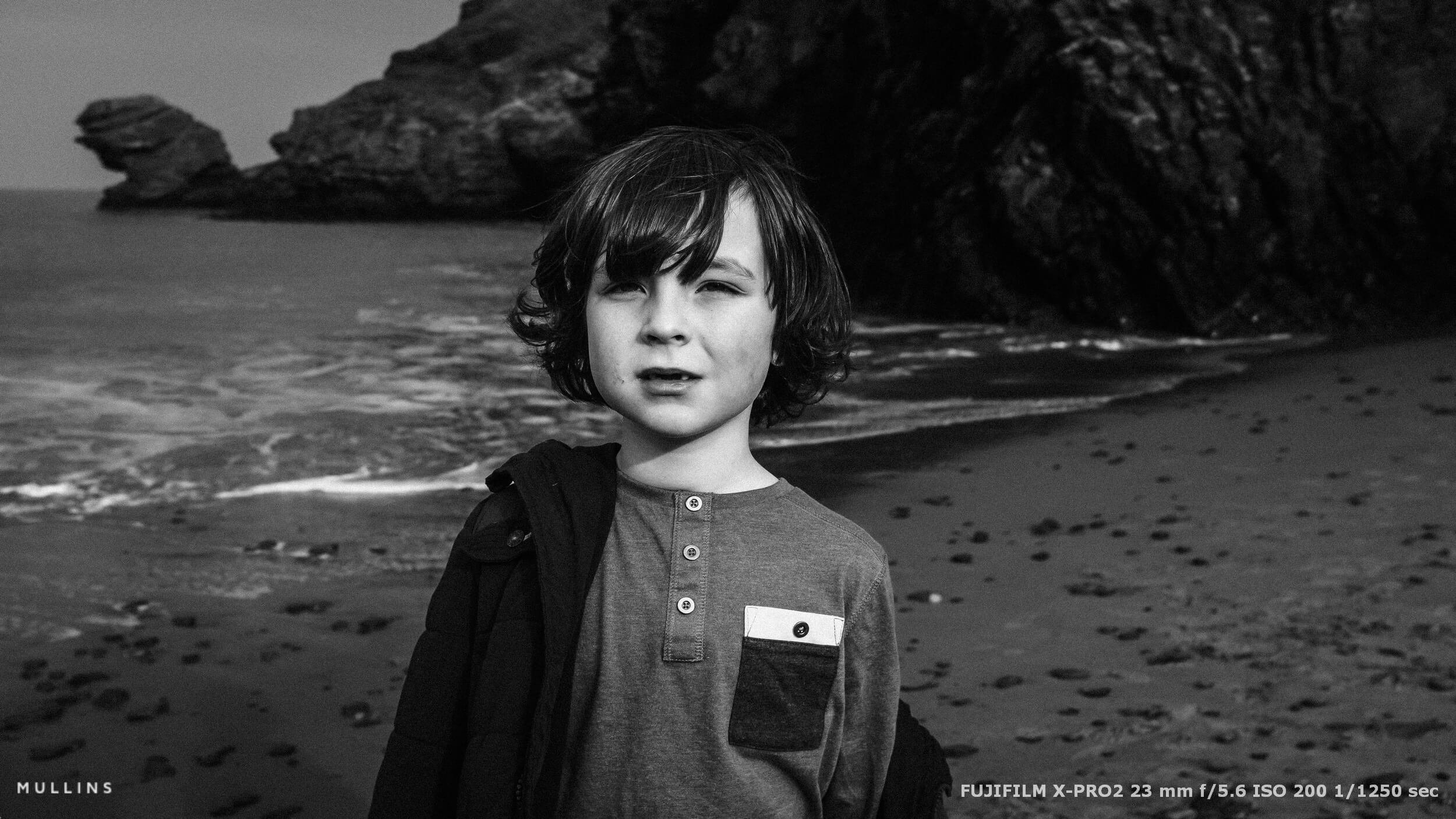
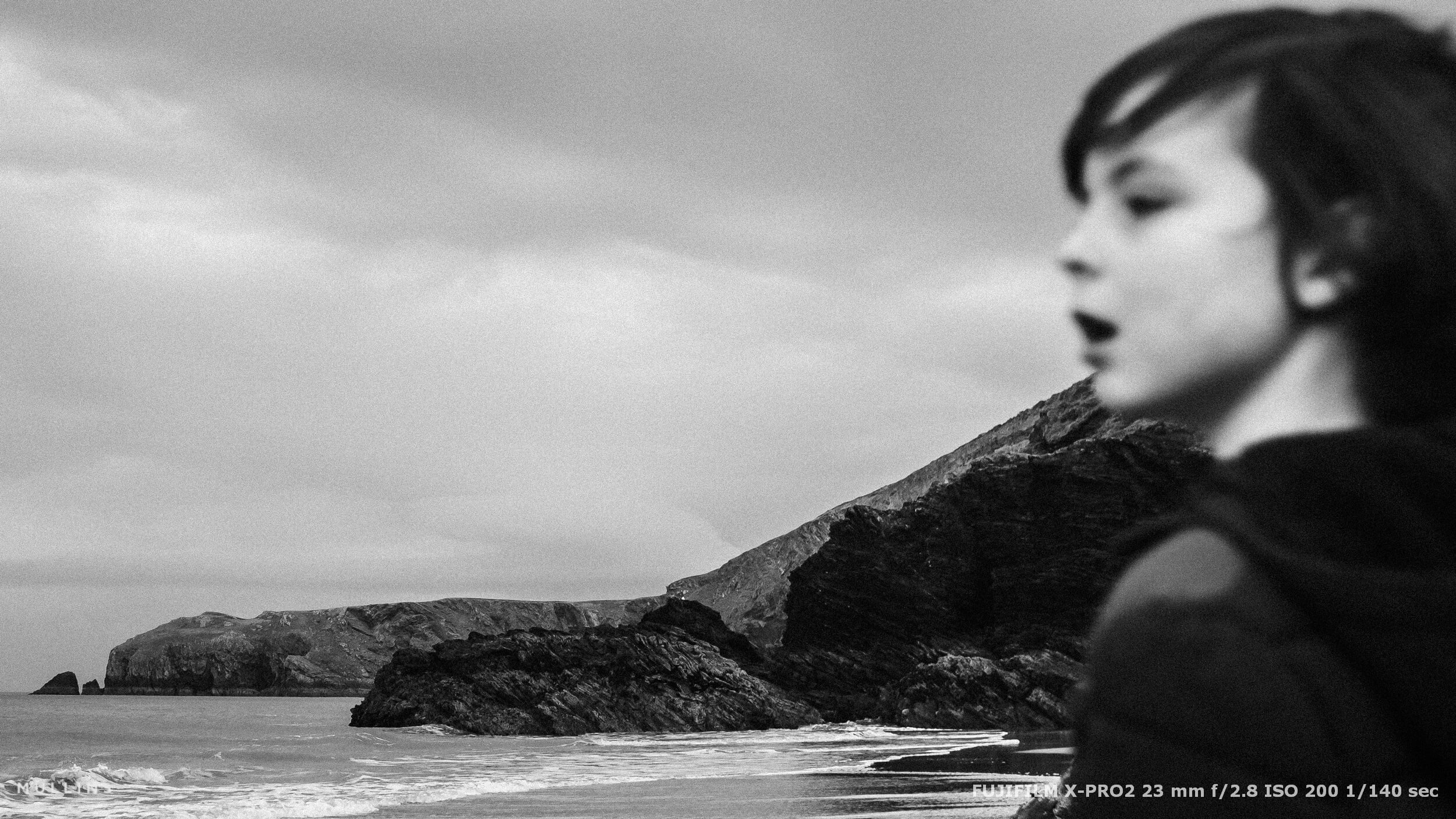
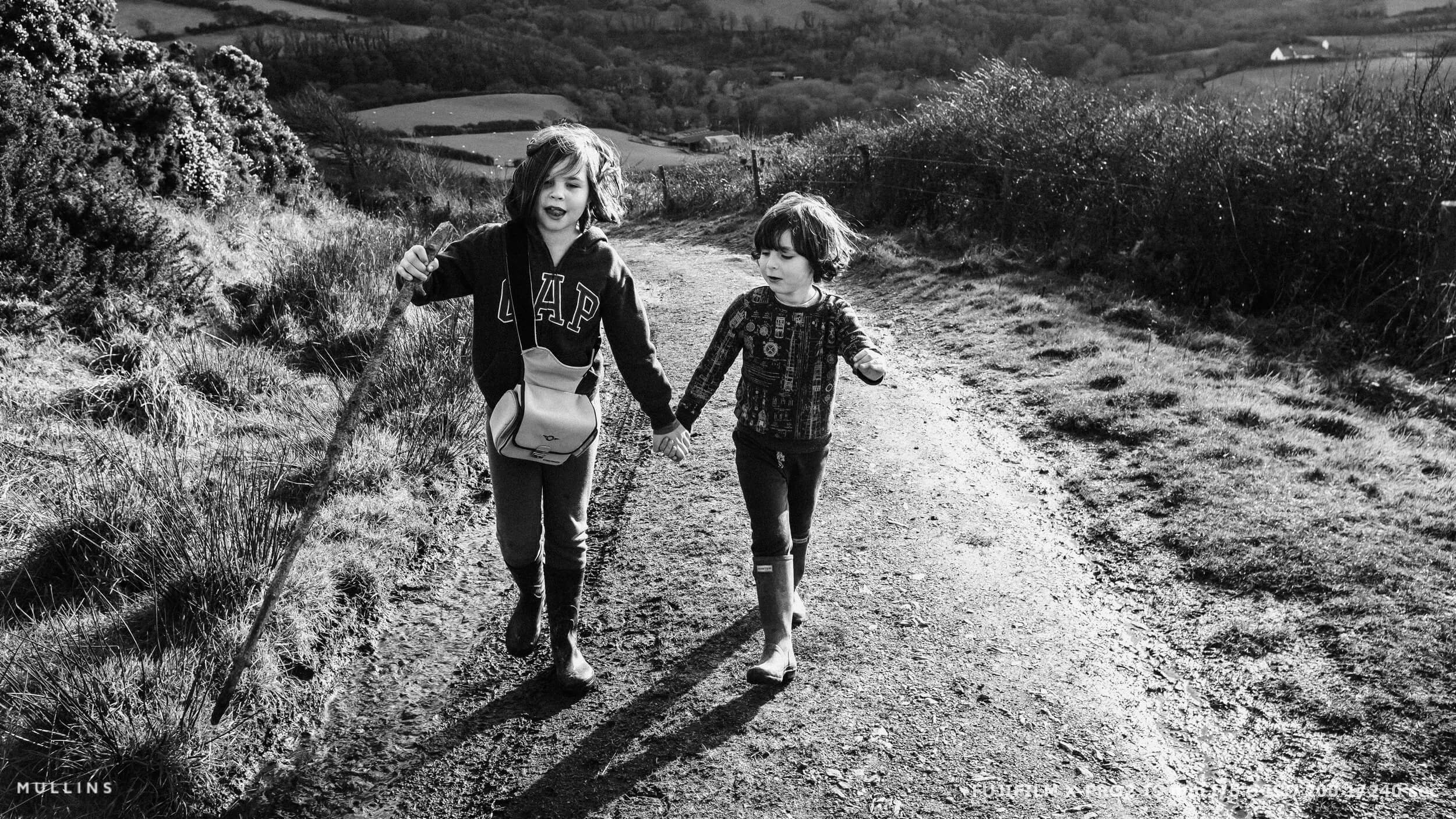

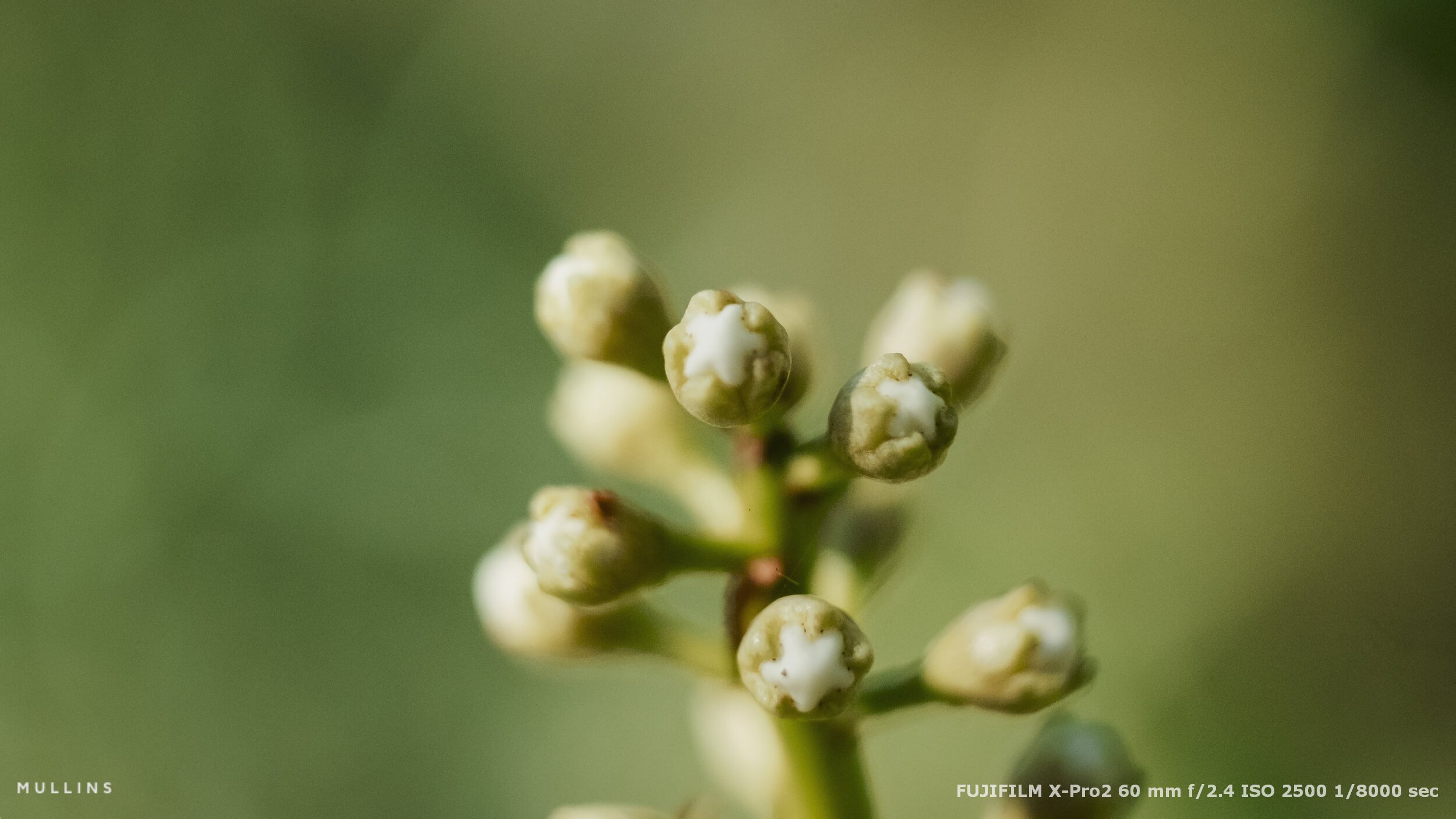
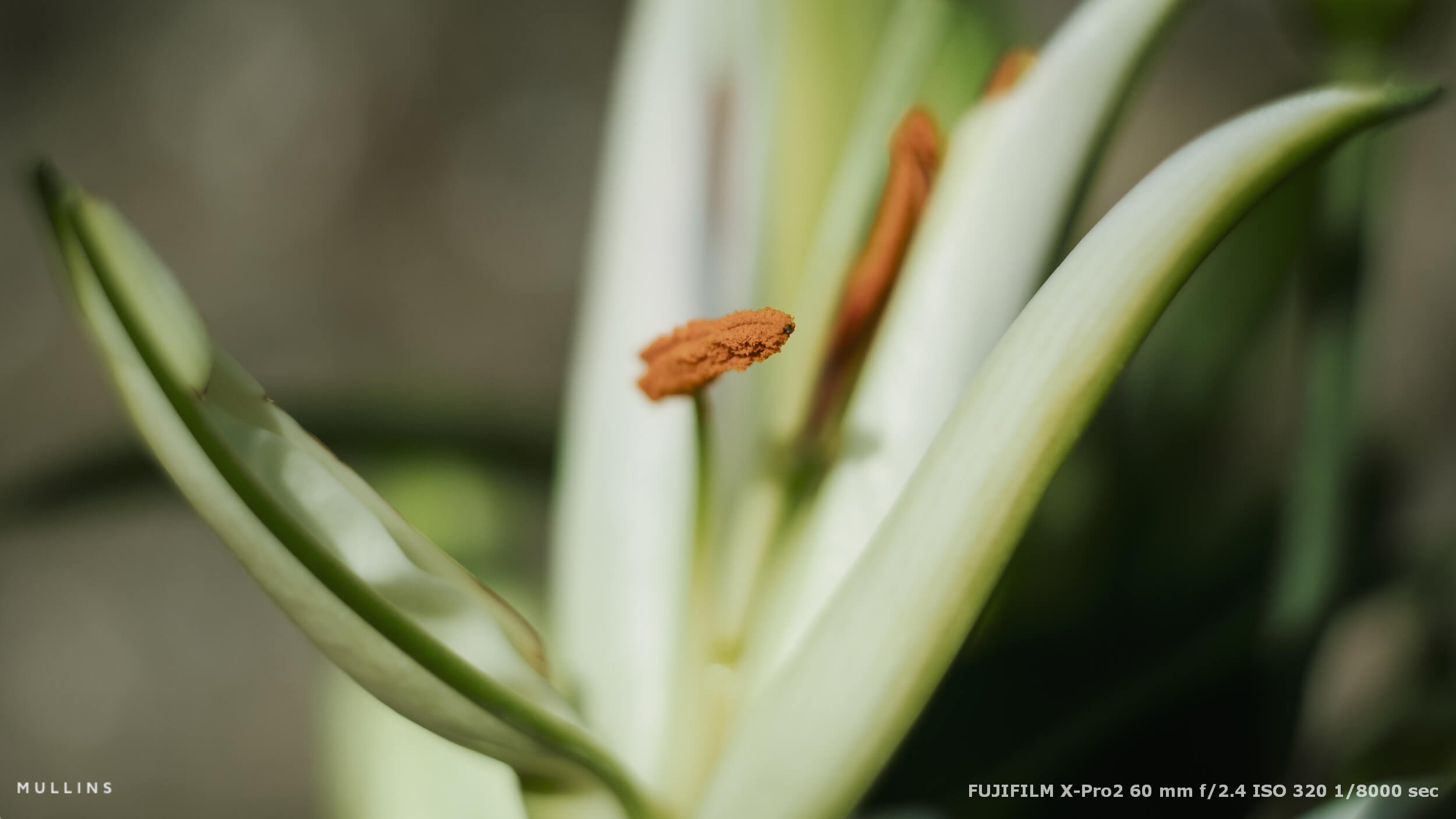

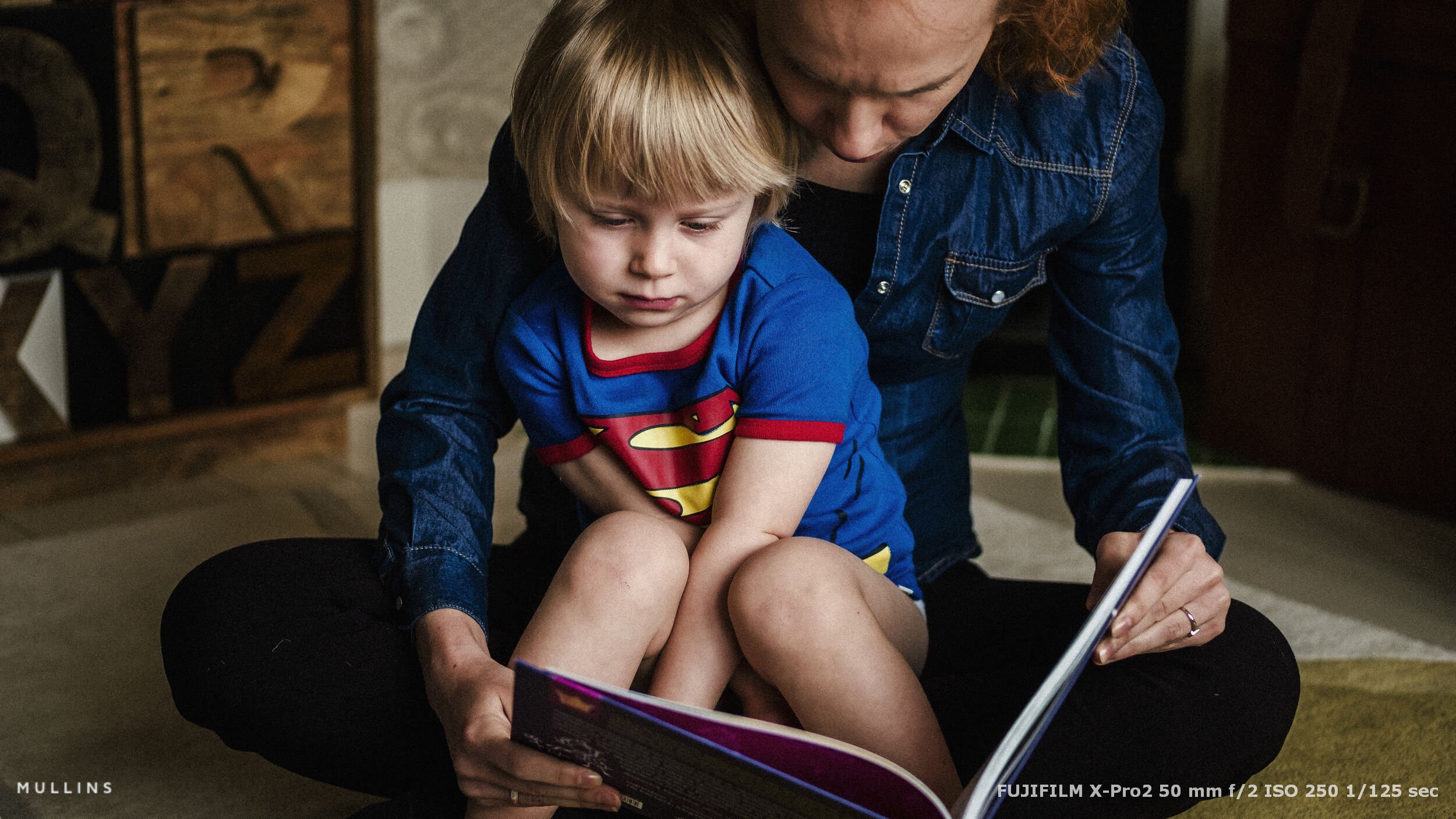
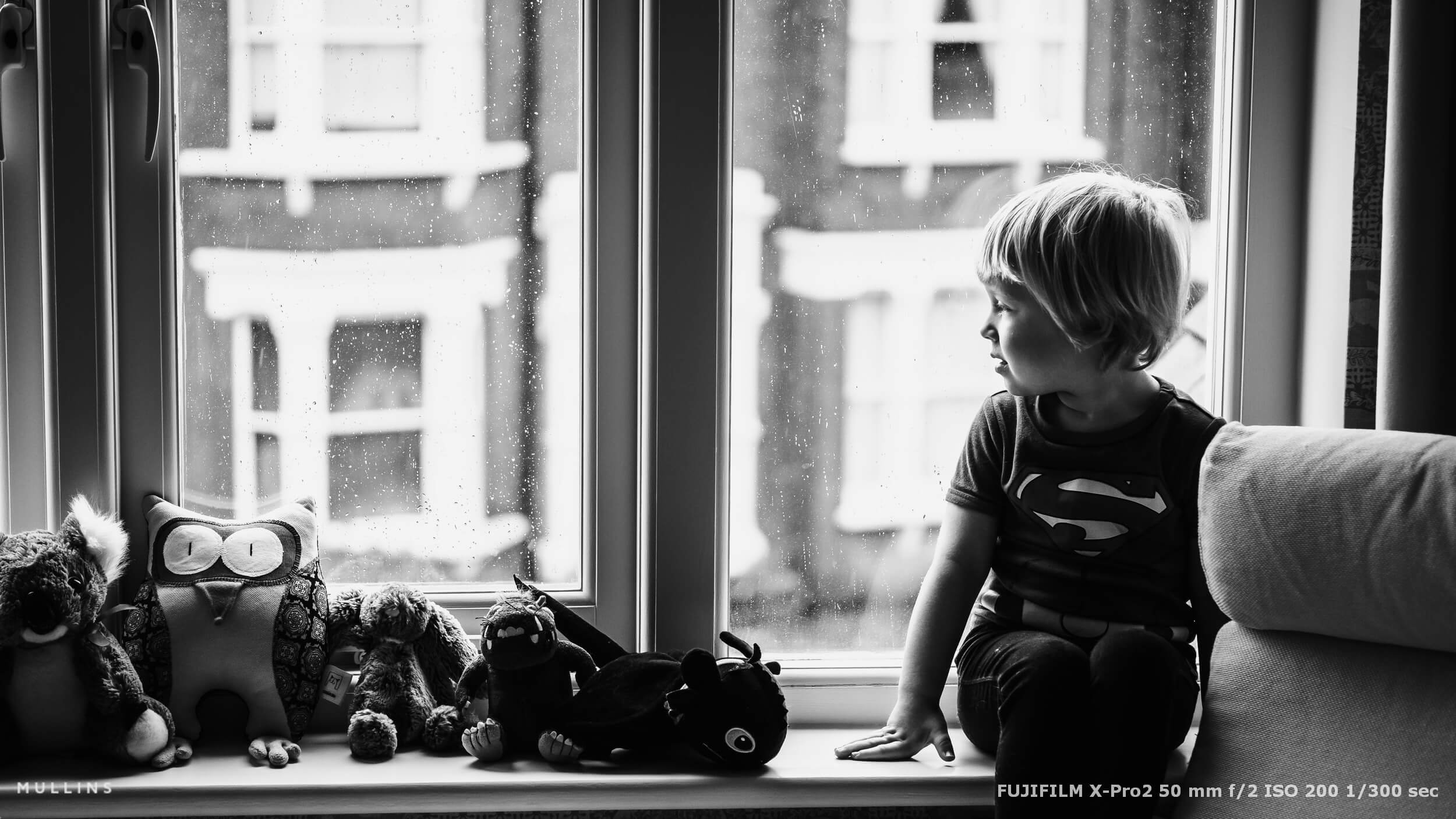
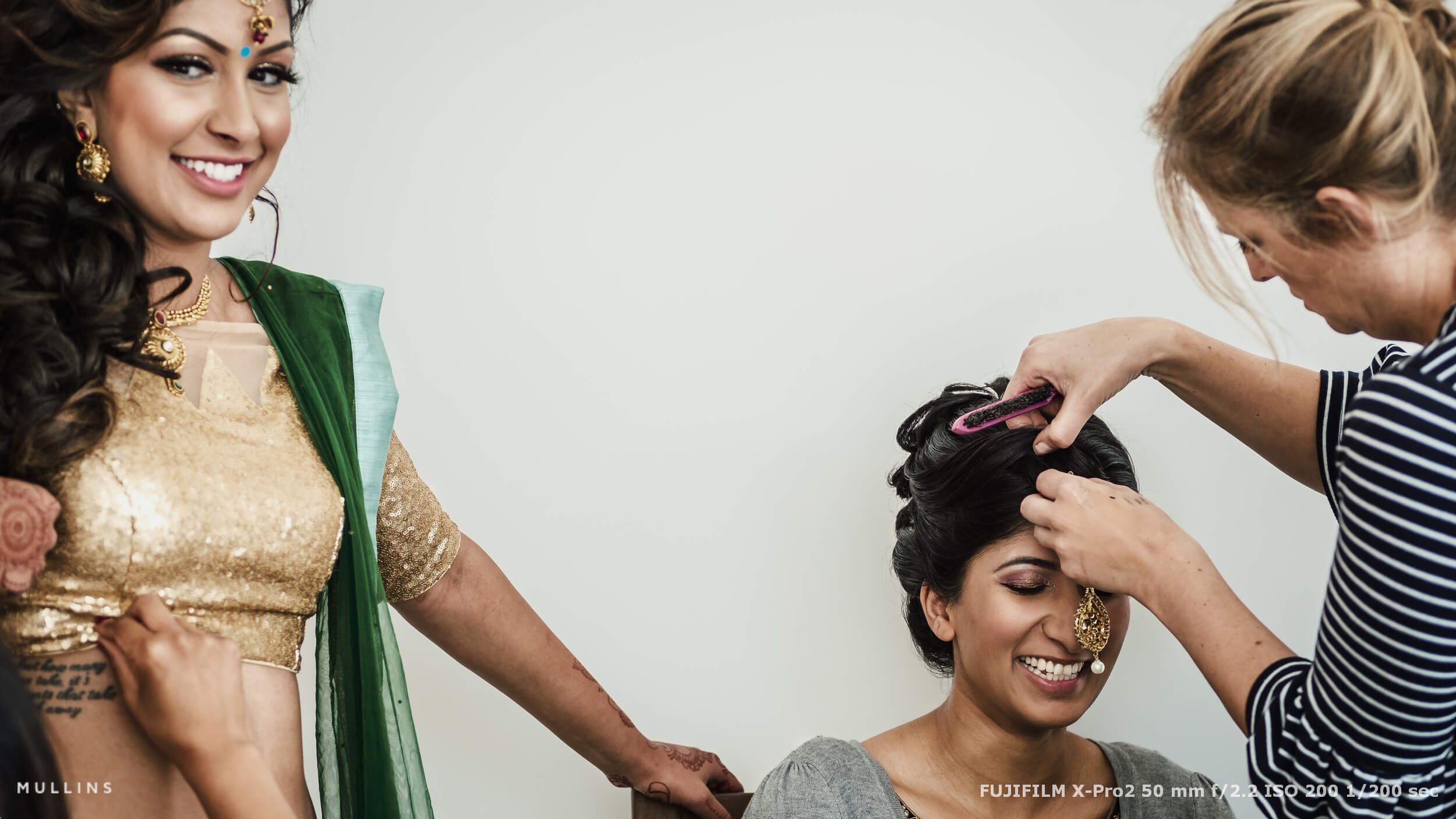

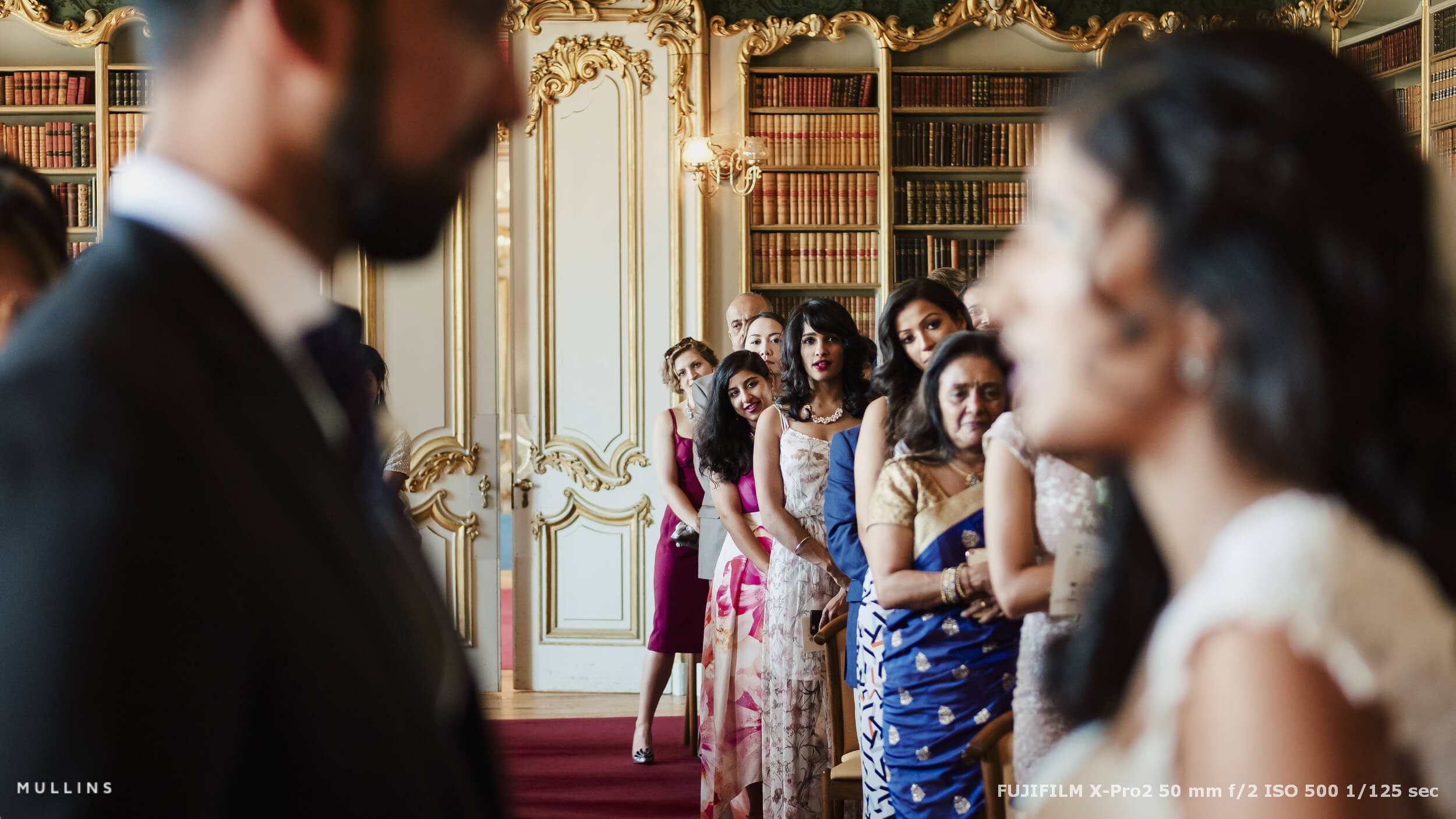
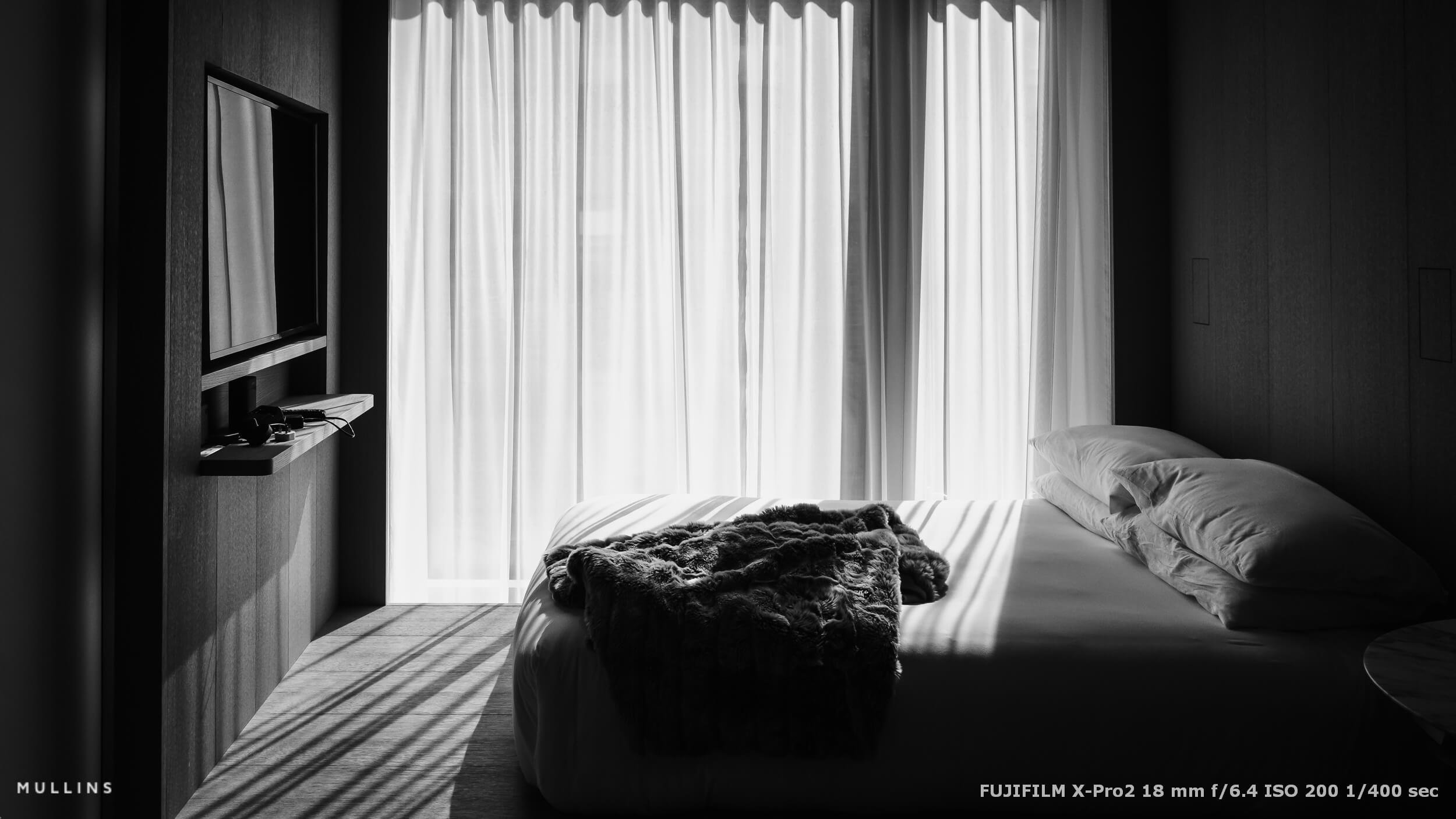

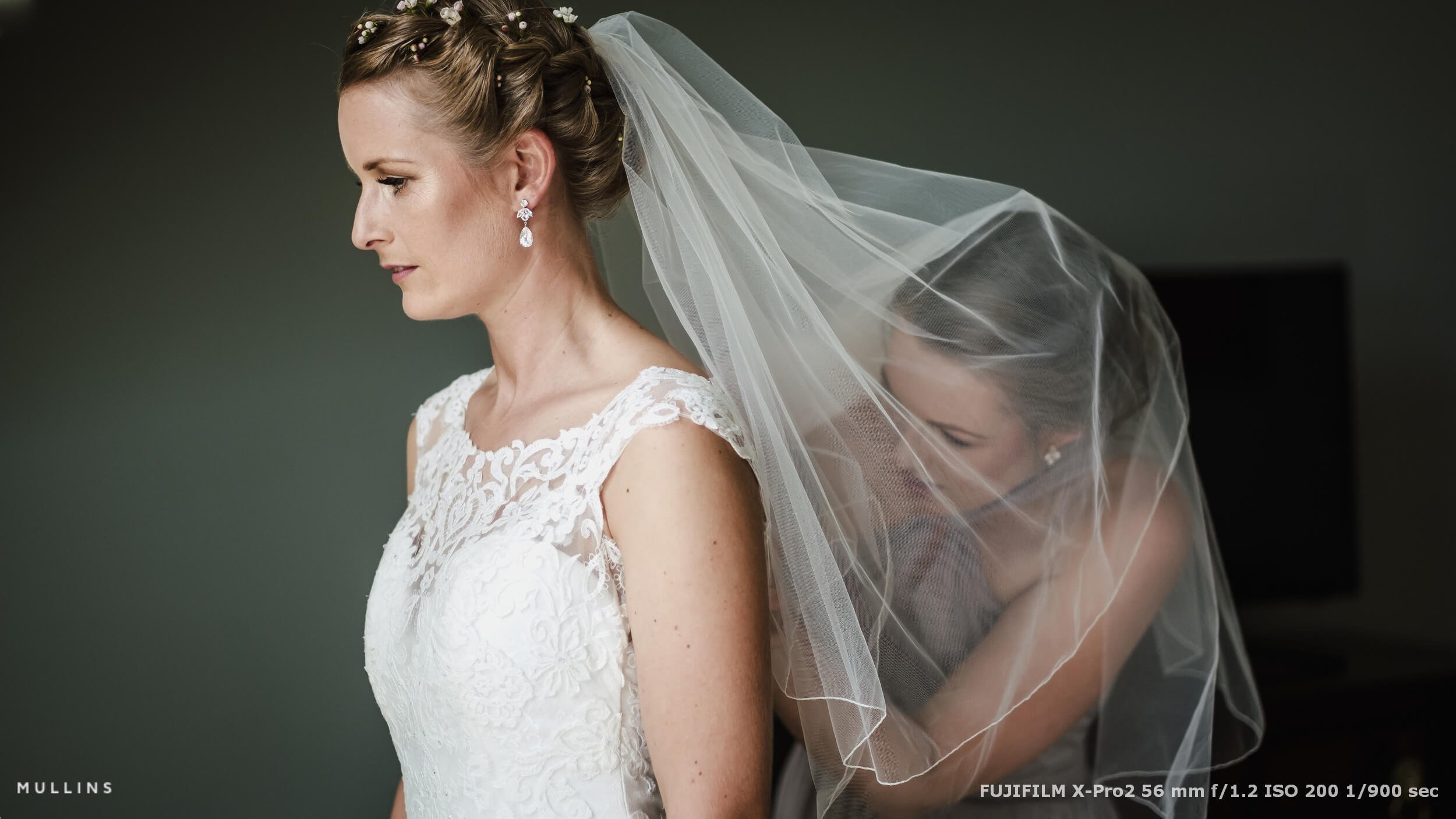

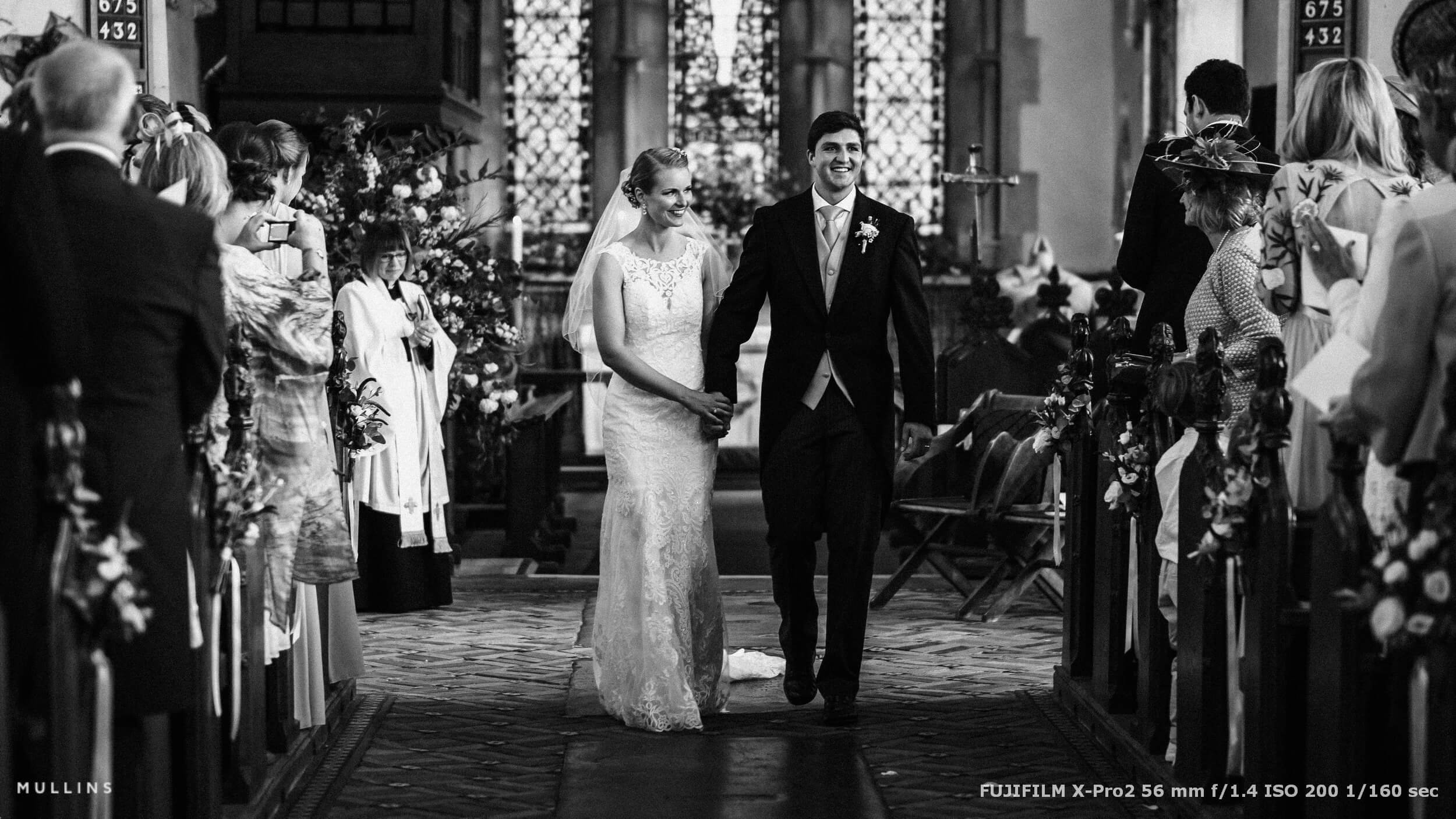
Fujifilm X-Pro3
Most recently, Fujifilm launched the X-Pro3. This model took a somewhat radical and controversial design approach, particularly with its hidden LCD screen, which encourages photographers to focus more on shooting through the viewfinder than on the screen.
My Fujifilm X-Pro3
The X-Pro3 also improved image processing and responsiveness, introducing new film simulations and better filming capability.
Throughout its evolution, the Fujifilm X-Pro series has stayed true to its core appeal—merging the tactile and visual satisfaction of classic film cameras with the perks of digital technology. This is undeniable.
It’s a range that resonates with those who appreciate the craft of photography and the joy of creating images that feel both timeless and contemporary.
Currently, I shoot my commercial work with two X-T5 cameras. I don’t want to. I much prefer the X-Pro range, but the fact of the matter is that the technology, autofocus, and systems are much better in the X-T5 than the X-Pro3.
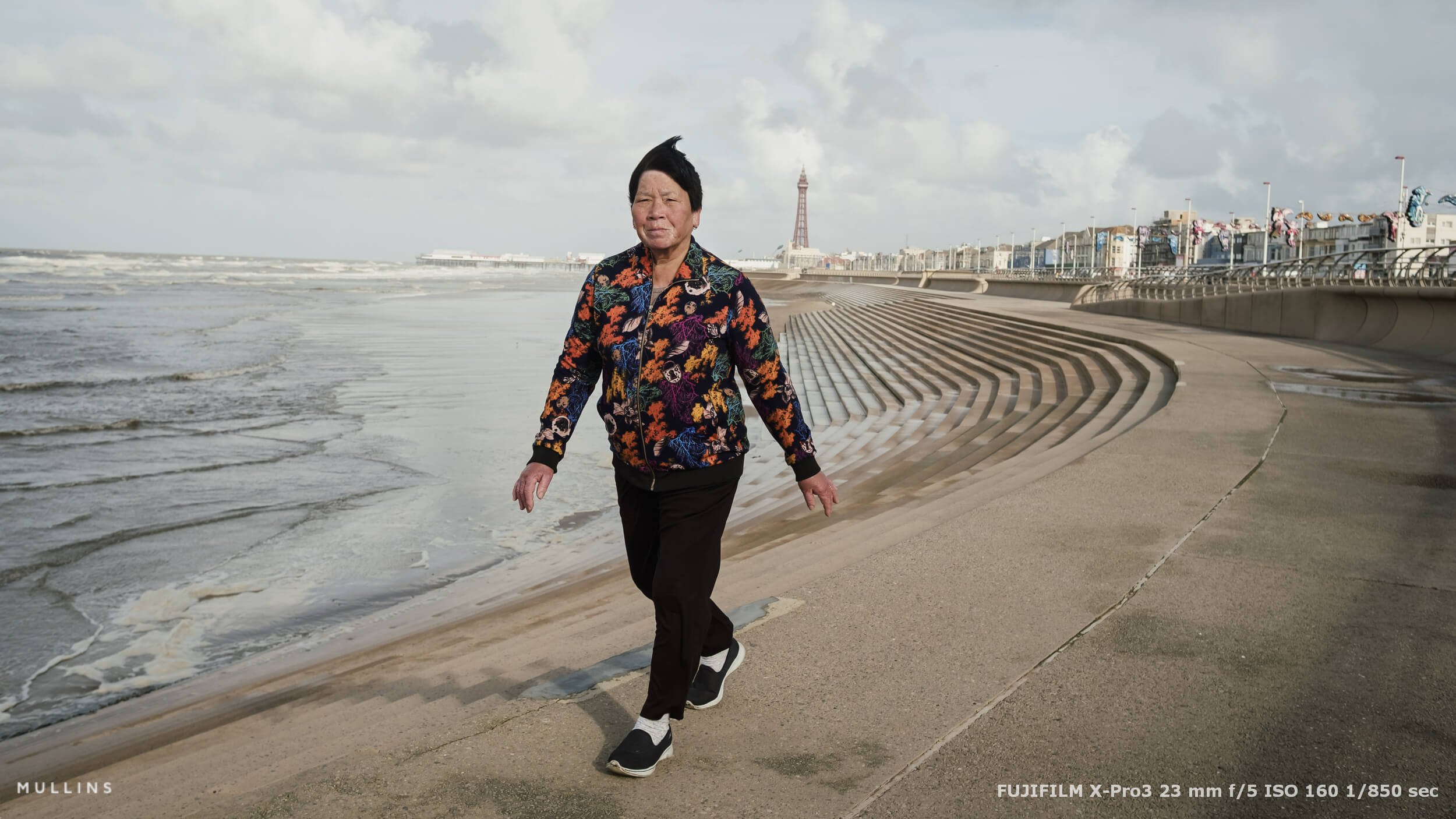
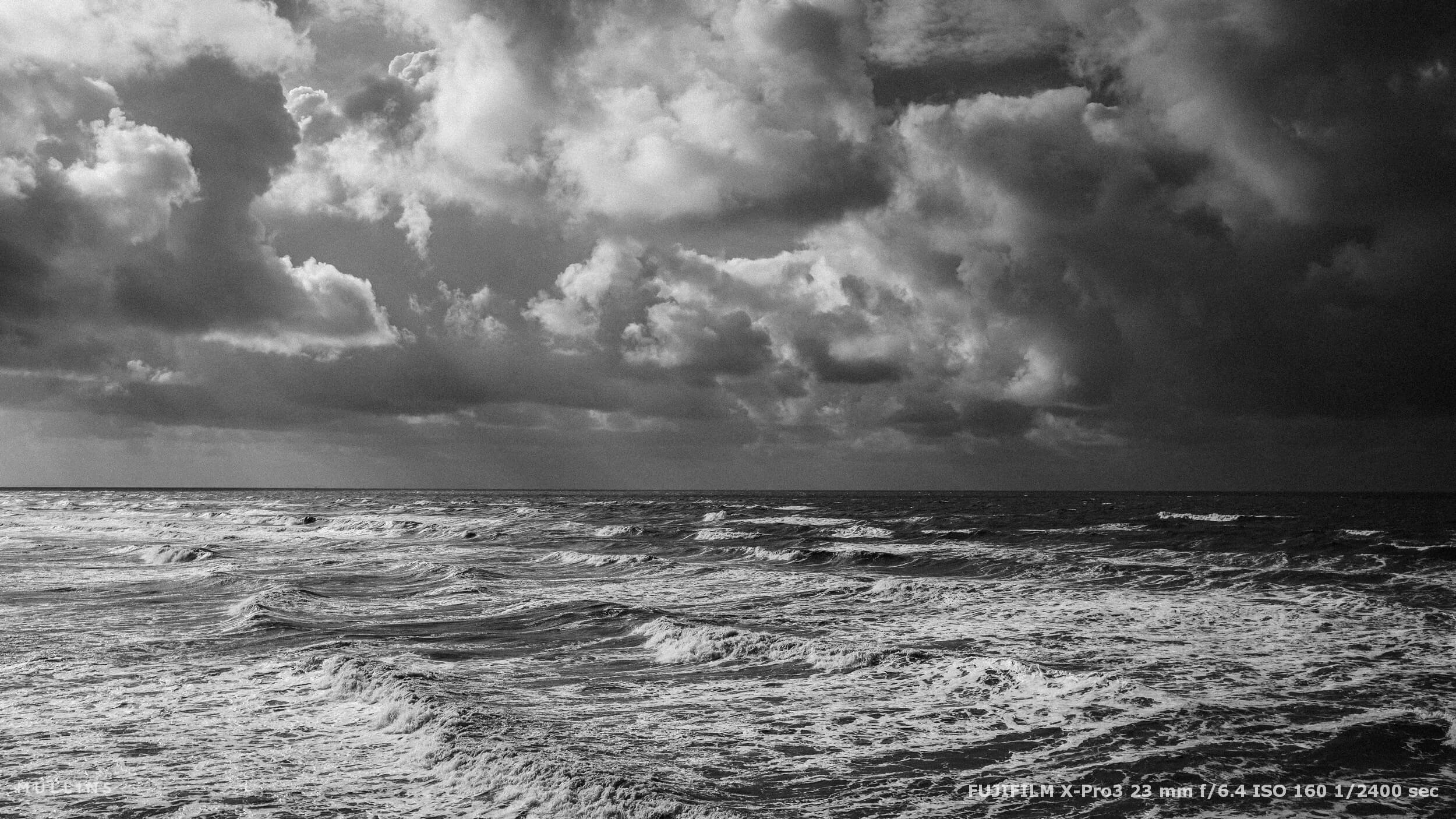
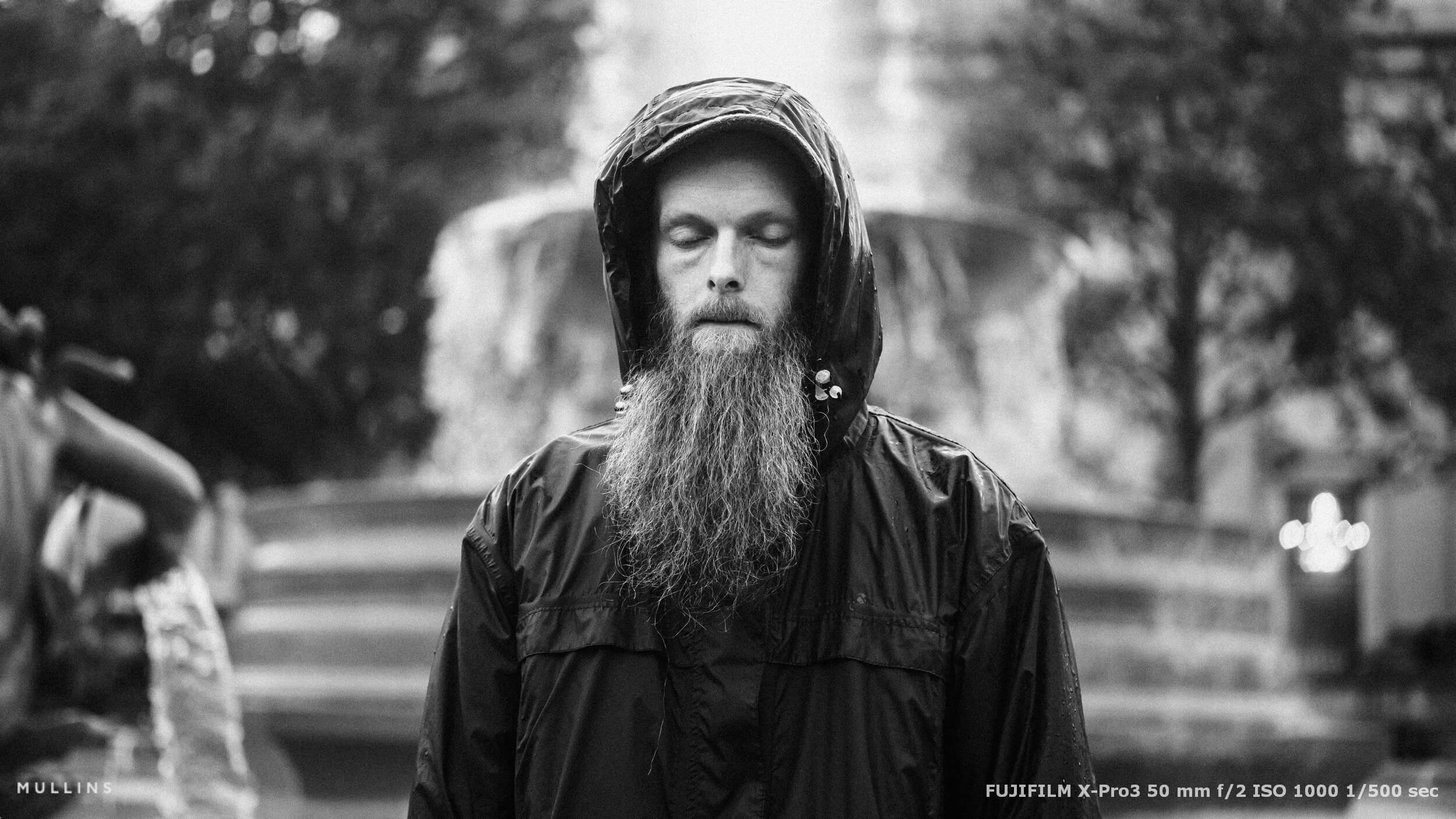
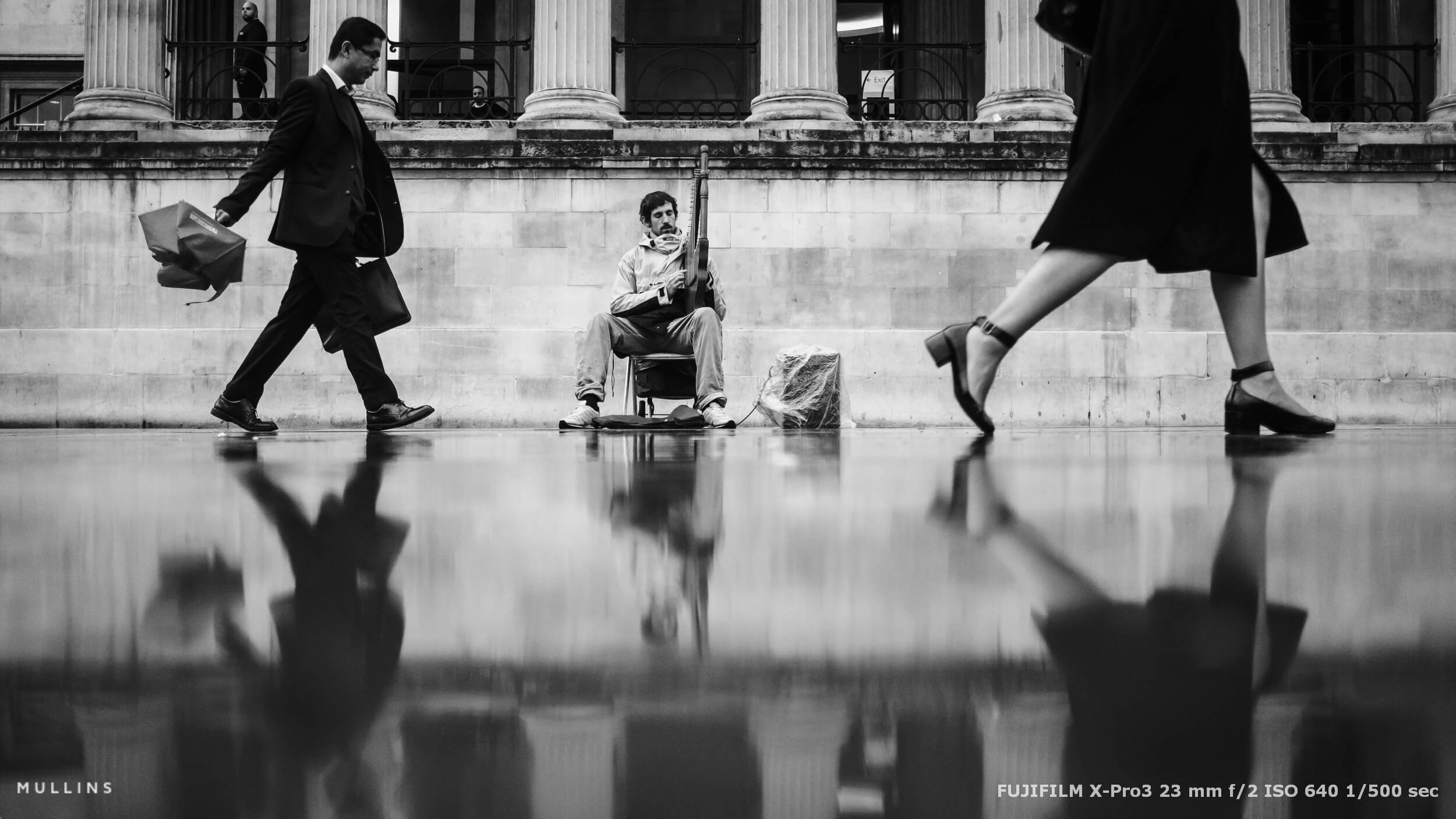

I guess I have to ask myself why that is. Why do I prefer the X-Pro over the XT?
Firstly, something about the X-Pro cameras' rangefinder style stands out. I love how the viewfinder is off to the corner, allowing me to keep one eye on the scene and the other eye free to monitor everything else happening around me.
This setup is just brilliant for street photography and wedding photography, where staying alert to your surroundings is key.
Then there's the hybrid viewfinder, a standout feature of the X-Pro series. It’s like having the best of both worlds. I can switch between an electronic viewfinder, which shows me exactly what my photo will look like, and an optical viewfinder, which gives me a crystal clear, lag-free view of the real world. It’s particularly great for those who appreciate a more traditional, tactile approach to photography.
And speaking of a tactile approach, that’s another reason I’m drawn to the X-Pro range. The cameras in this series make you feel engaged with making images. They're designed with minimalistic screens and physical dials that demand more manual control and deliberation, which I find incredibly satisfying. It makes the whole experience of taking a photo feel more hands-on and personal.

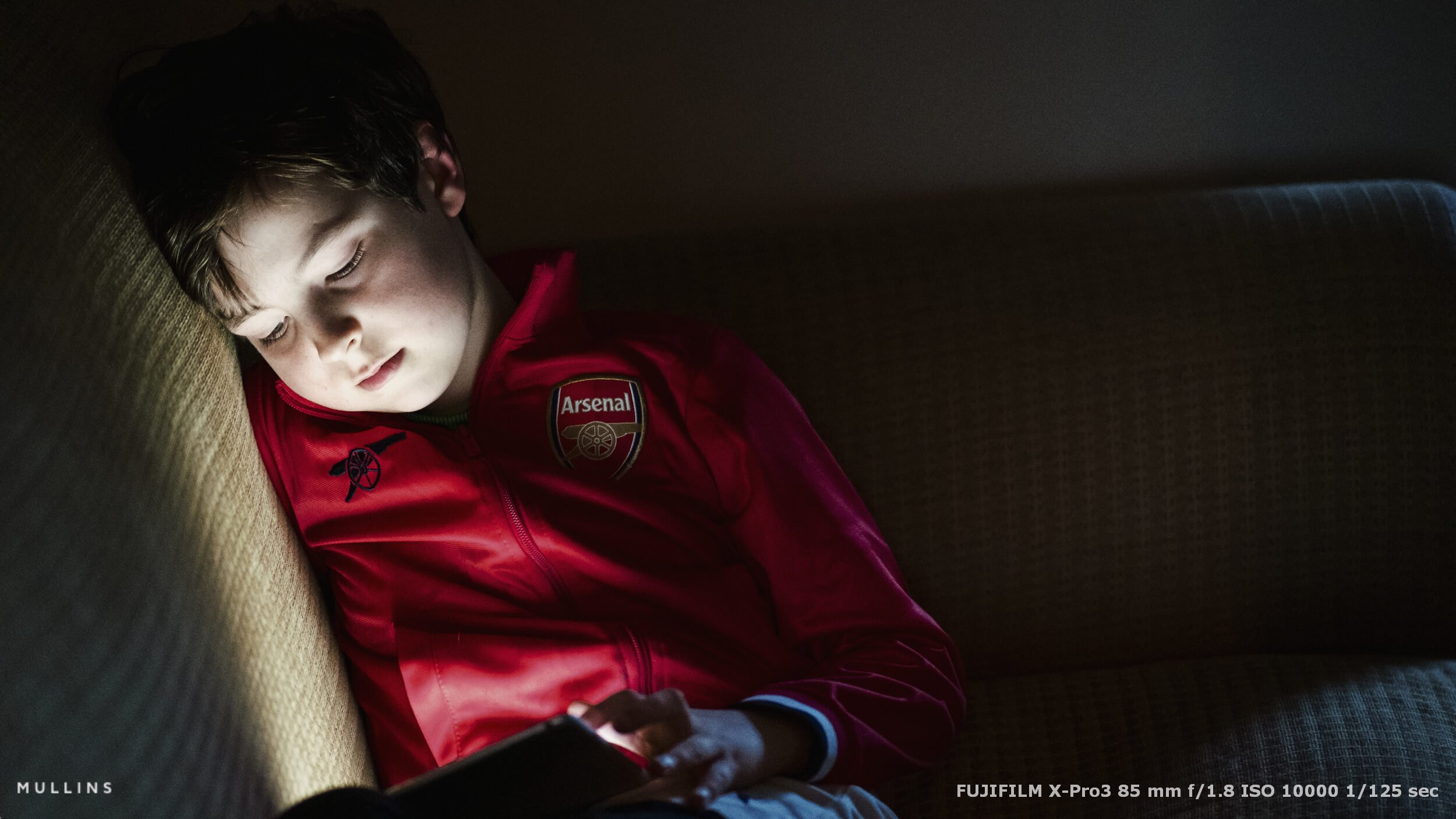

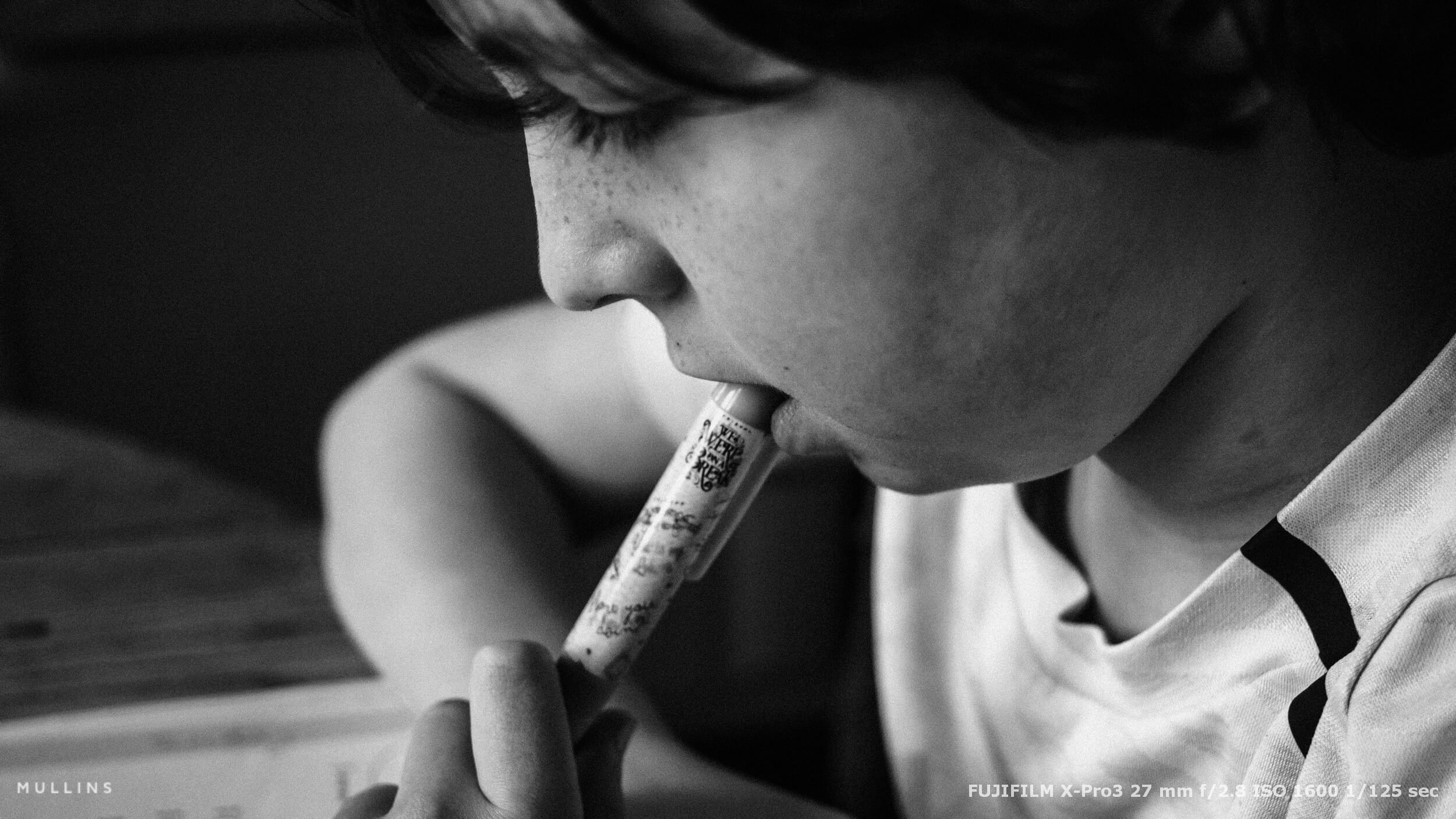
So, my love for the X-Pro range is about more than just taking pictures. It's about how the camera feels in my hands and makes me interact with the world through my lens.
It’s about the joy of photography itself.
So please, Fujifilm, don’t forget it.
I don’t know if any of the Fujifilm team watches my videos or reads my Fujifilm Blog, but I know many of them personally. I’ve shared drinks and dinner with them, hunkered down in meetings to discuss cameras and technology with them, and even shot some of their weddings.
So I hope, along with so many others, that we see an X-Pro4 in the future.
I can honestly say I have no ideas, rumours, or inside knowledge whatsoever about this, so this is essentially a cry in the dark to Fujifilm to please, please, not discard the line.
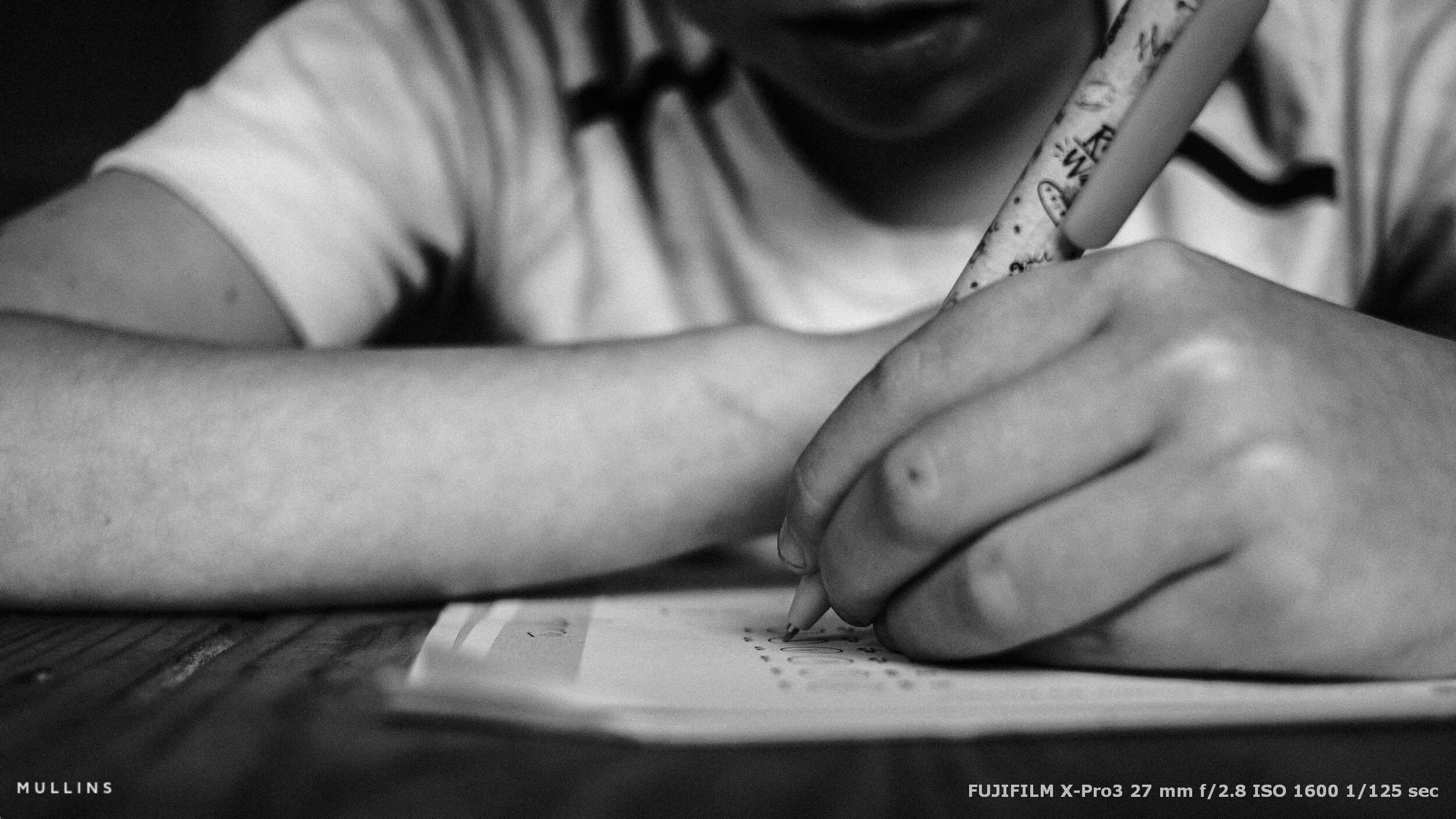


Fujifilm X-Pro4
Now, what would I love to see in an X-Pro4?
Well, firstly, I would love the styling to stay very similar to the X-Pro3. I’d love the new faster 26-megapixel sensor we see in the X-H2s, but I’m not that fussed about a 40-megapixel sensor in this camera.
I would love for the software to be geared towards photographers first. For example, I would like to see an iteration of the HSL-type sliders we see in edition software like Lightroom in the camera.
Imagine that? There is a huge community of Fujifilm JPEG Recipe enthusiasts, which would open up a whole other world and bring many more people to the camera.
I’d love to see the hybrid viewfinder massively enhanced. It should be brighter, bigger, and provide more information, making it a real experience to look through.
As I say this, I struggle to think of too many other features that I’d like. And perhaps that’s the crux of the problem.
Perhaps Fujifilm is also sitting in Tokyo's offices wondering what exactly they can do to improve the X-Pro range. Perhaps that is a bit of a problem. Who knows.
But really, I want one. You may want one.
Let’s hope we get an X-Pro4 in the future and Fujifilm remains true to its mantra of “Photography first.”


